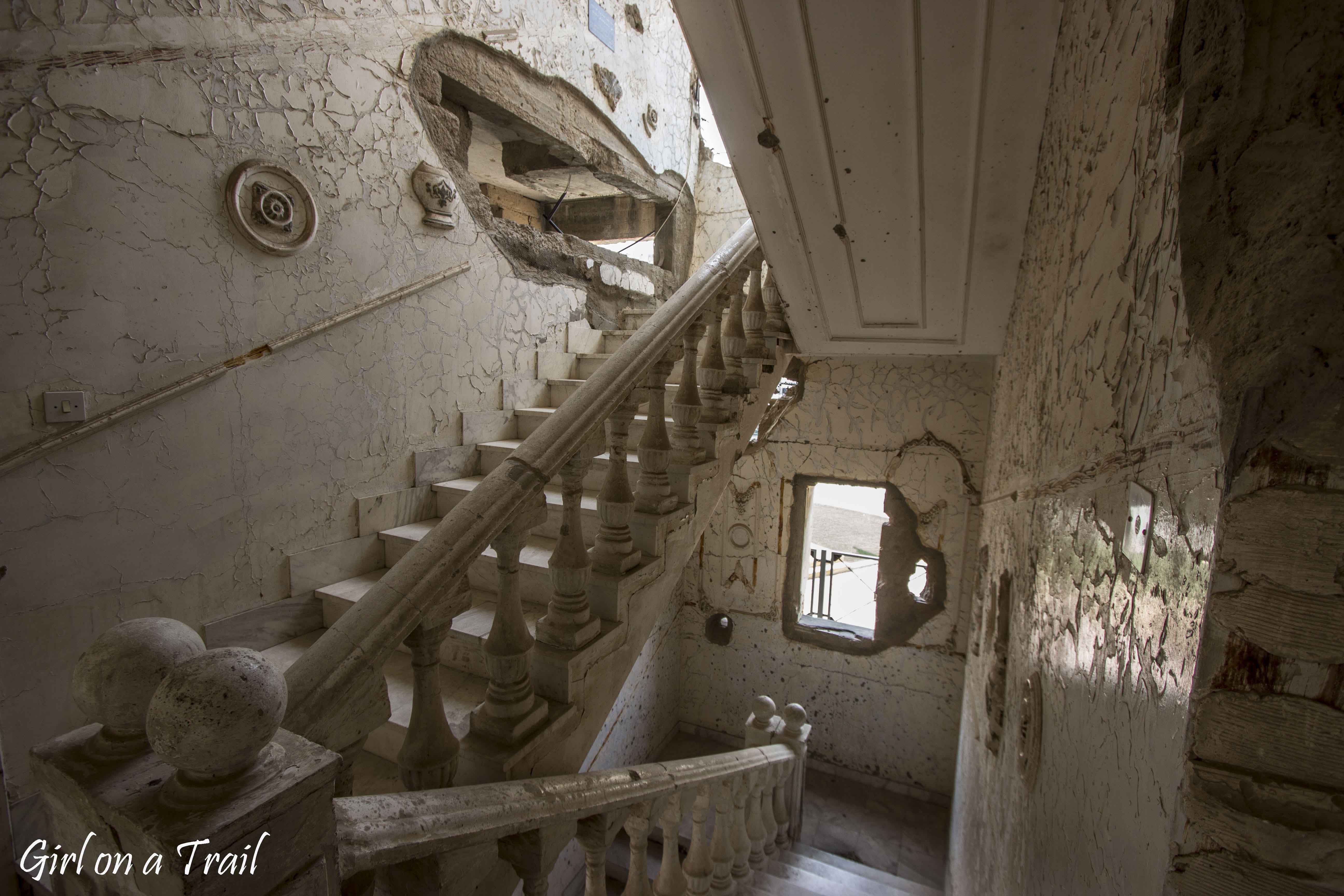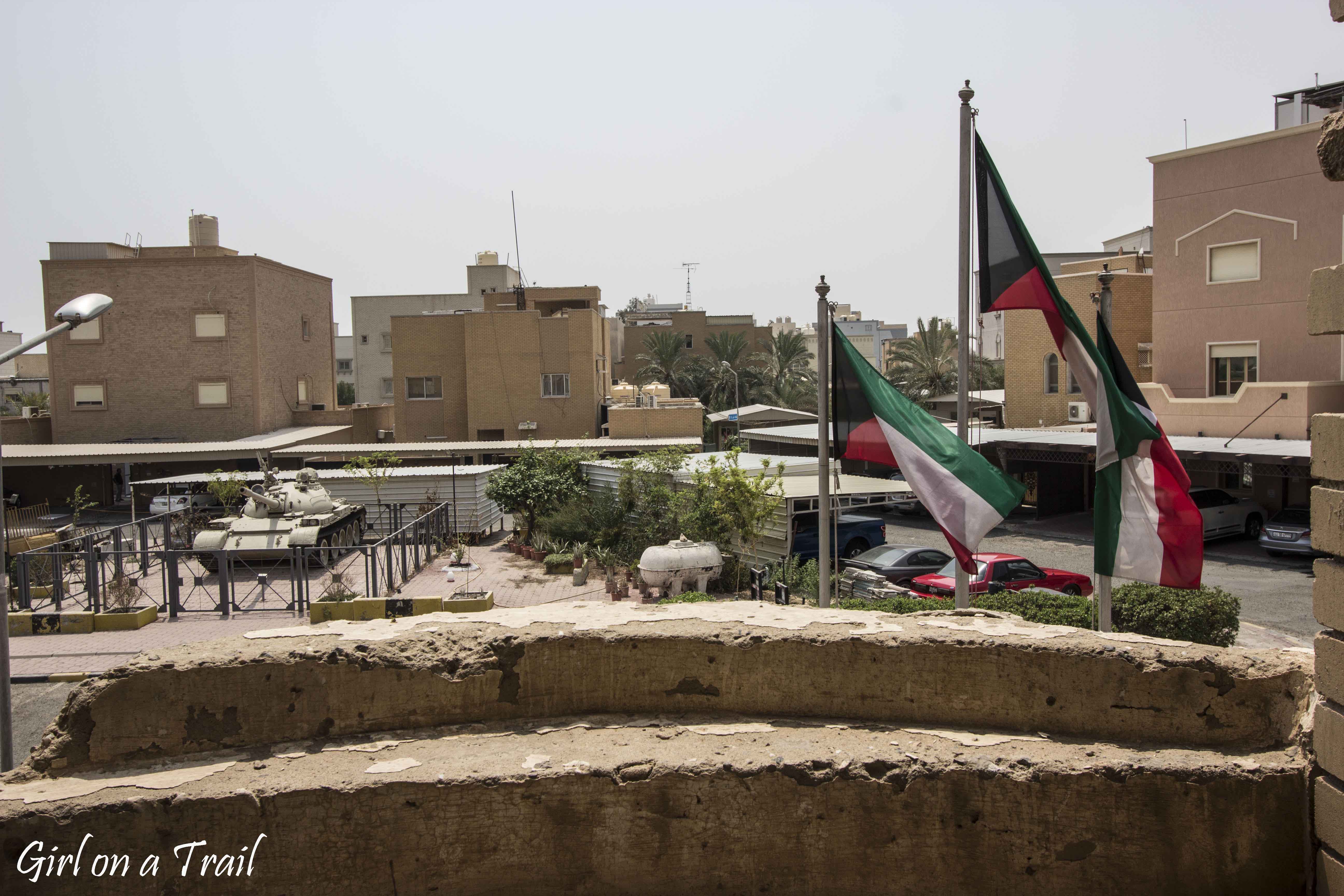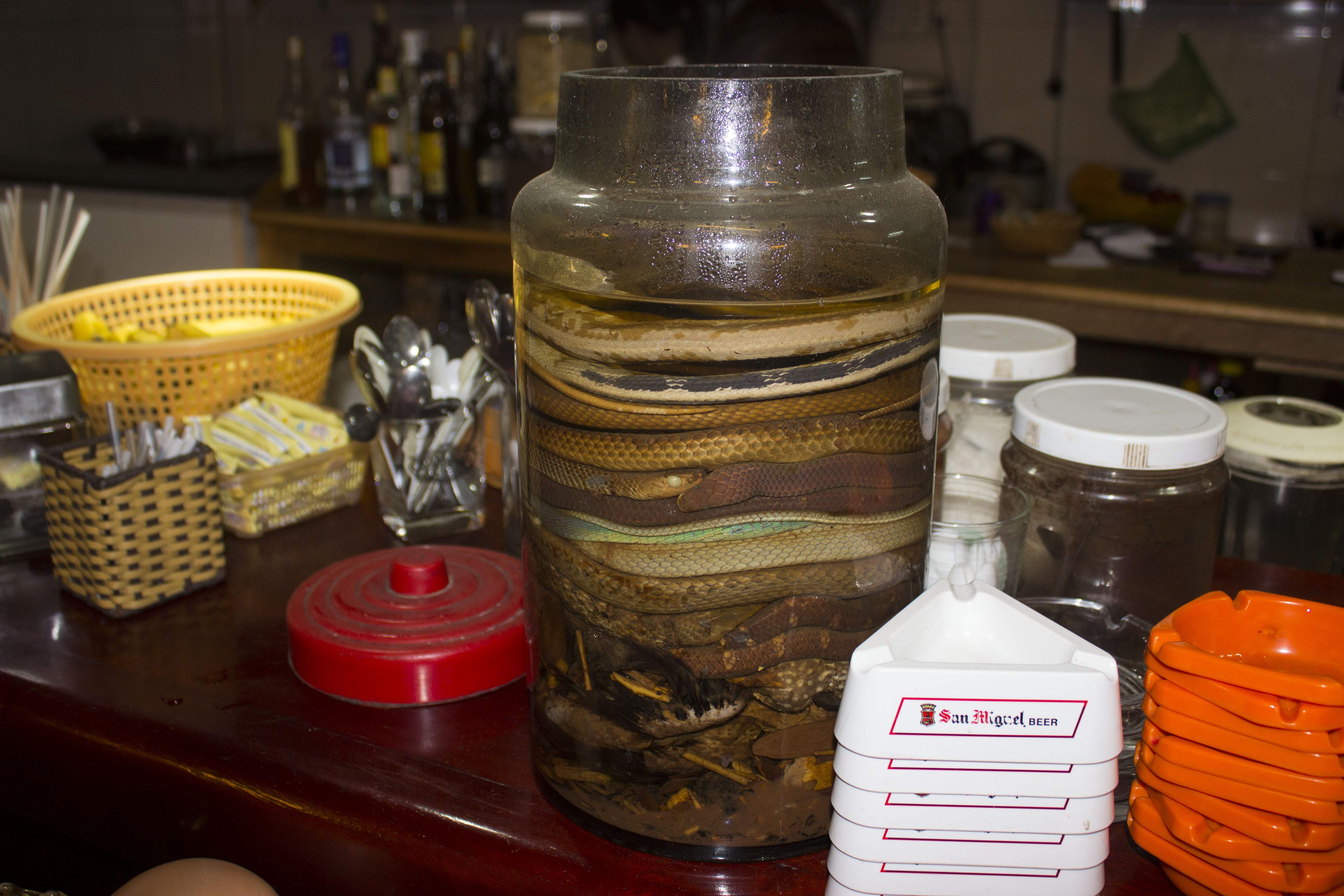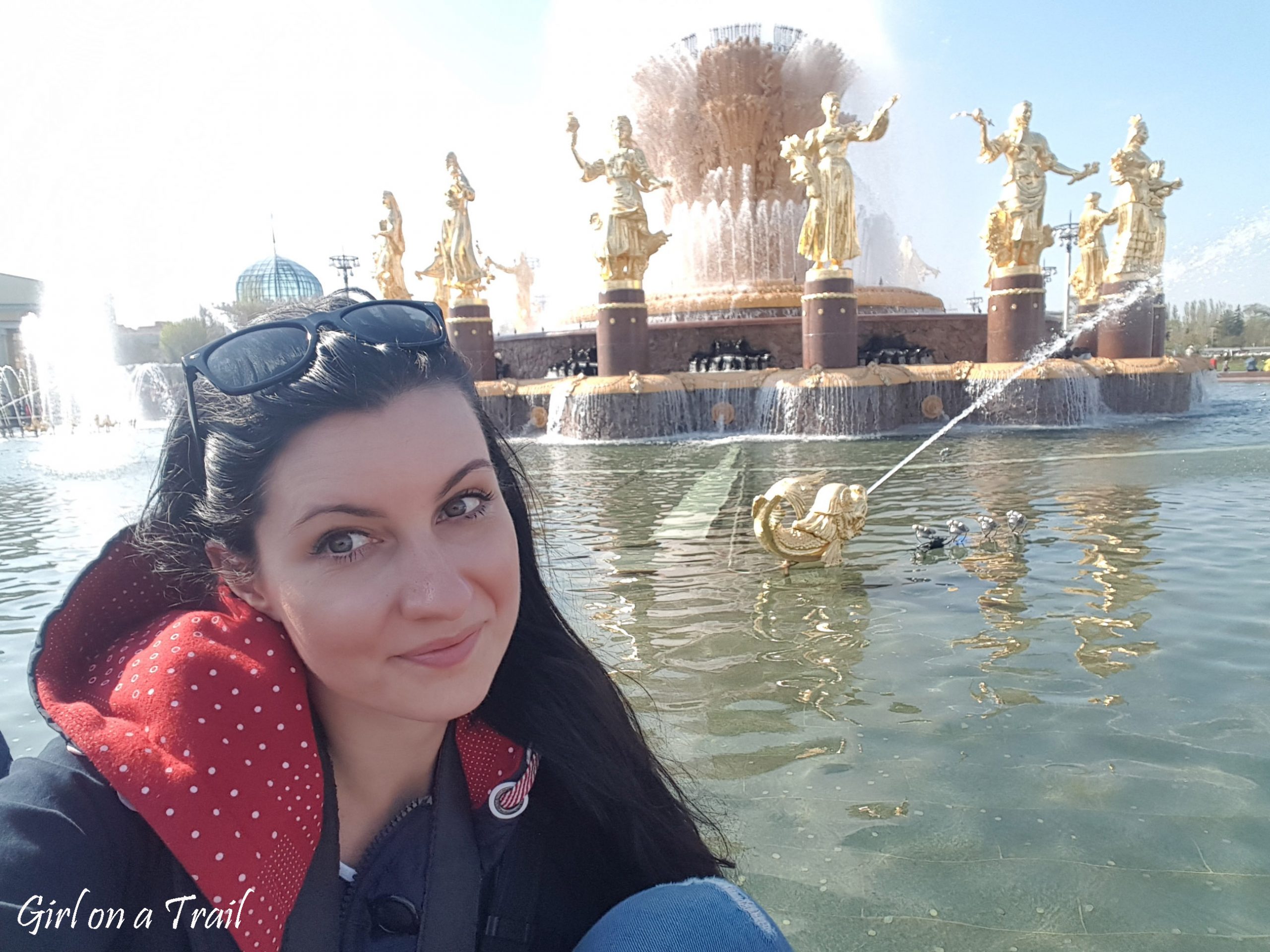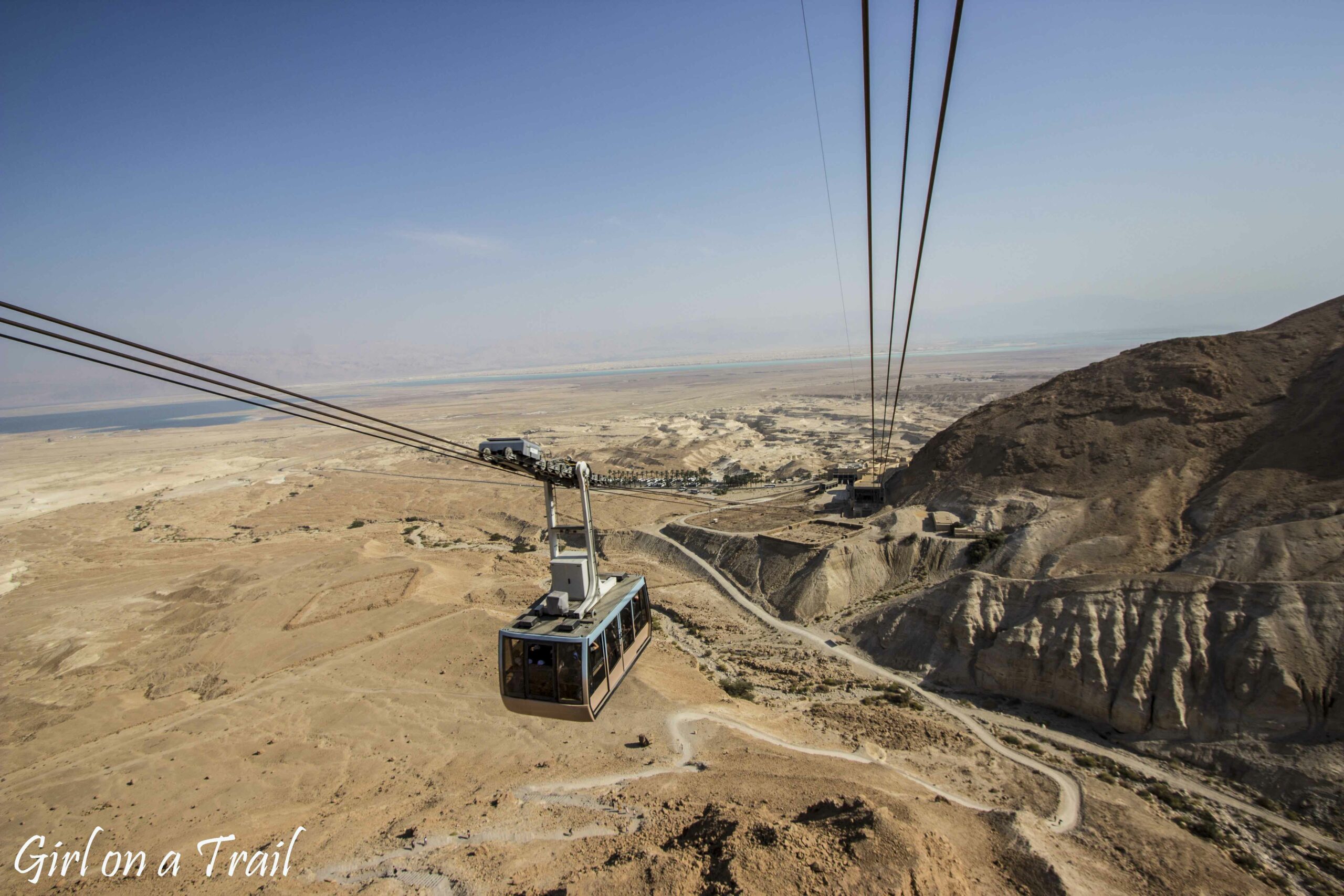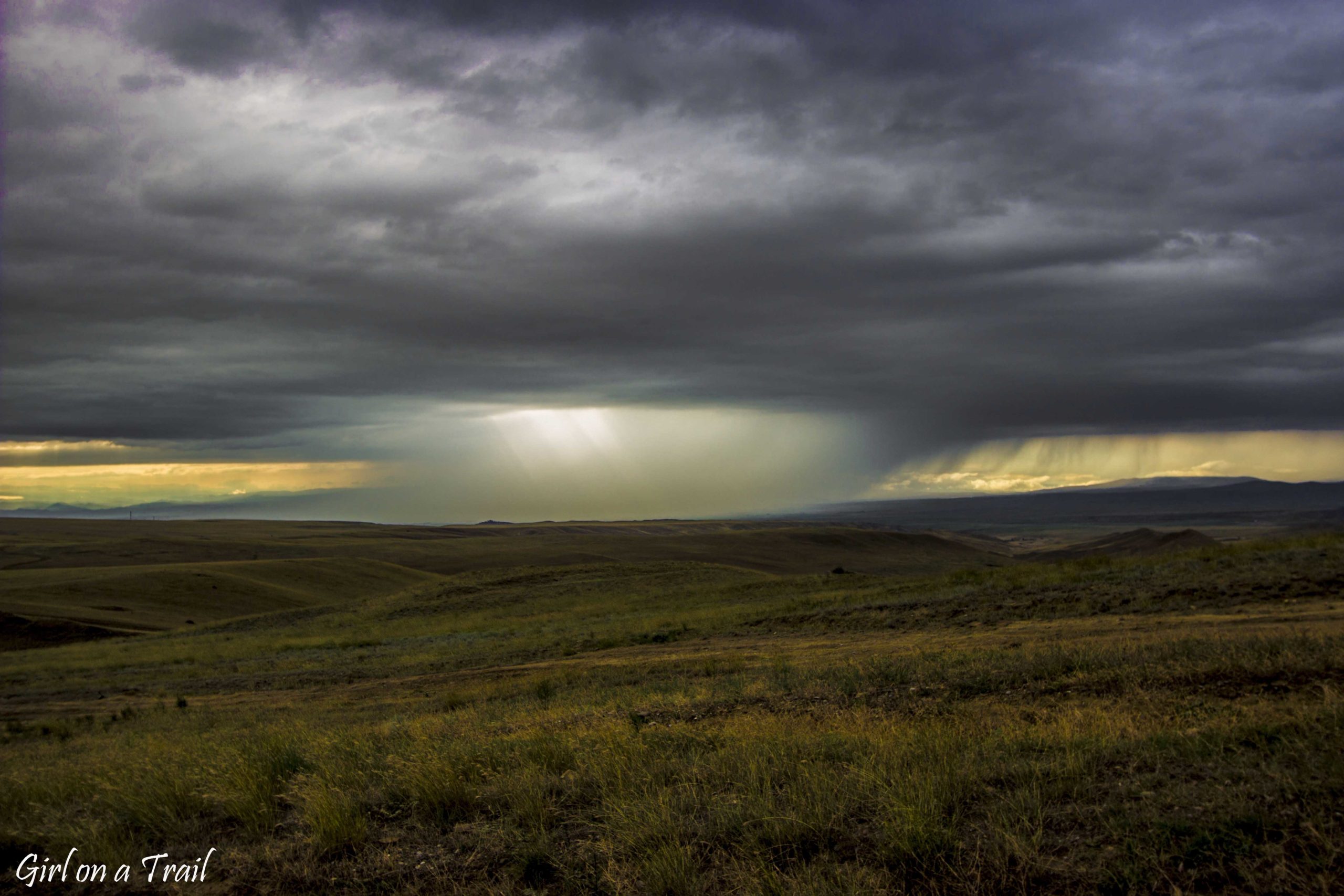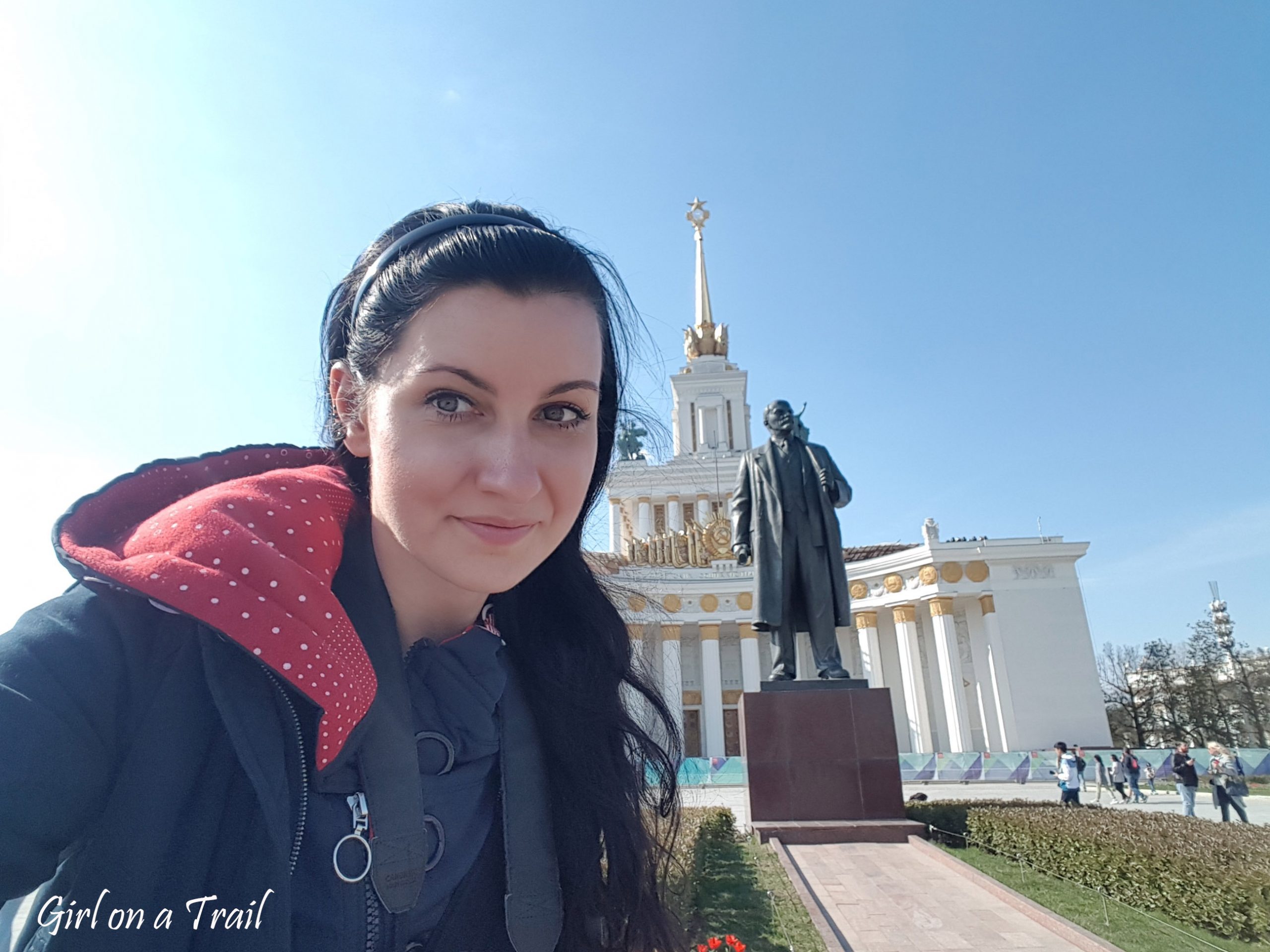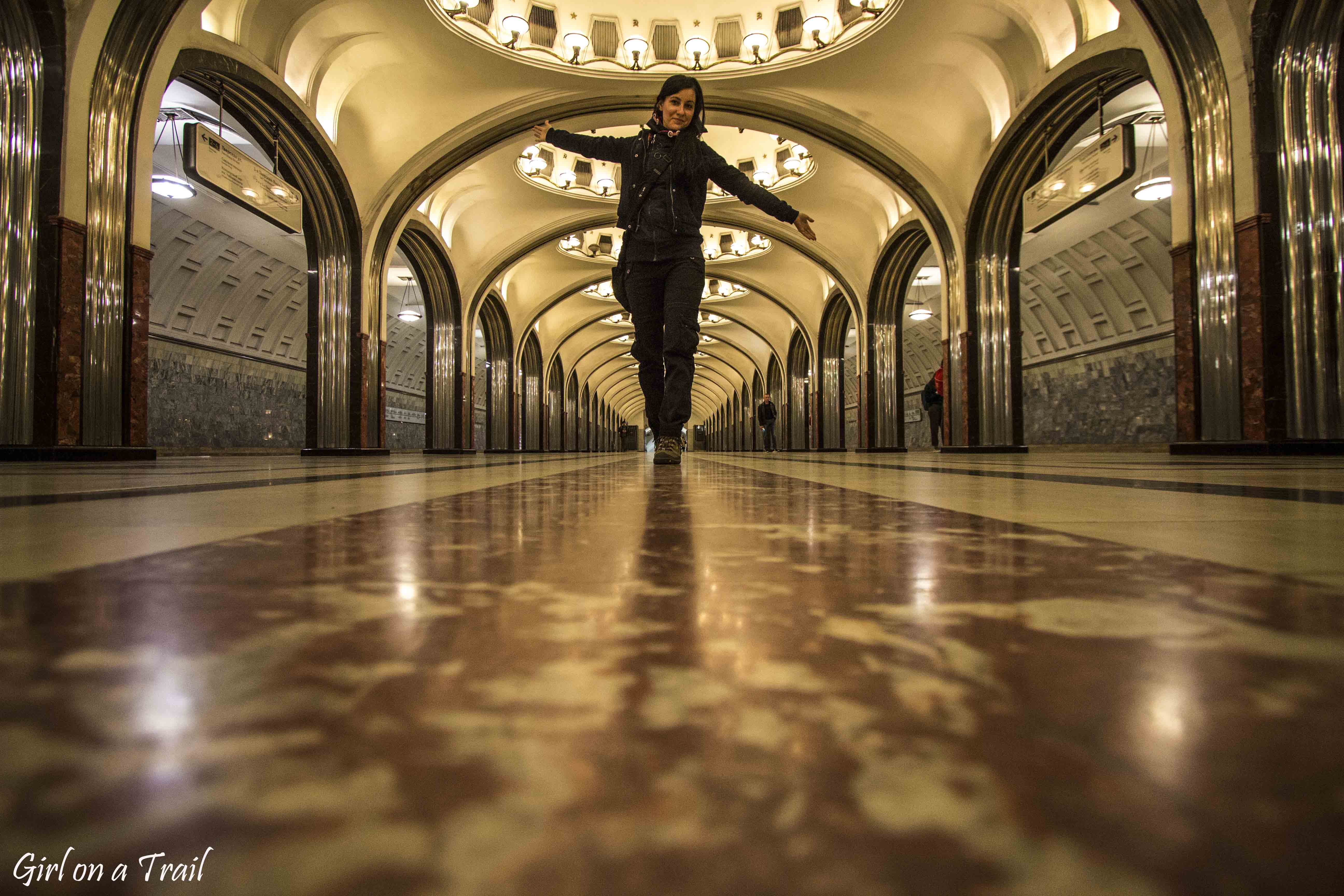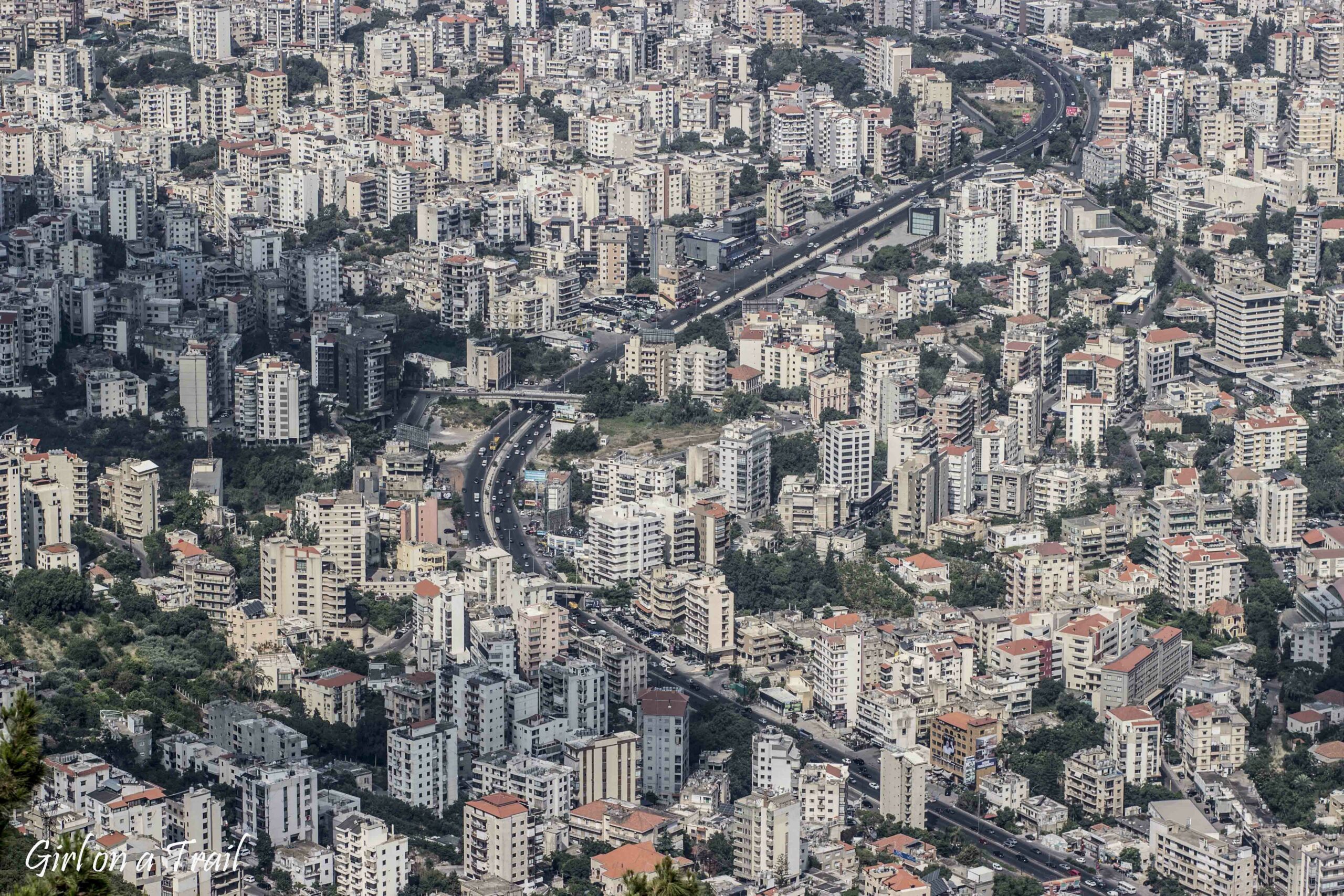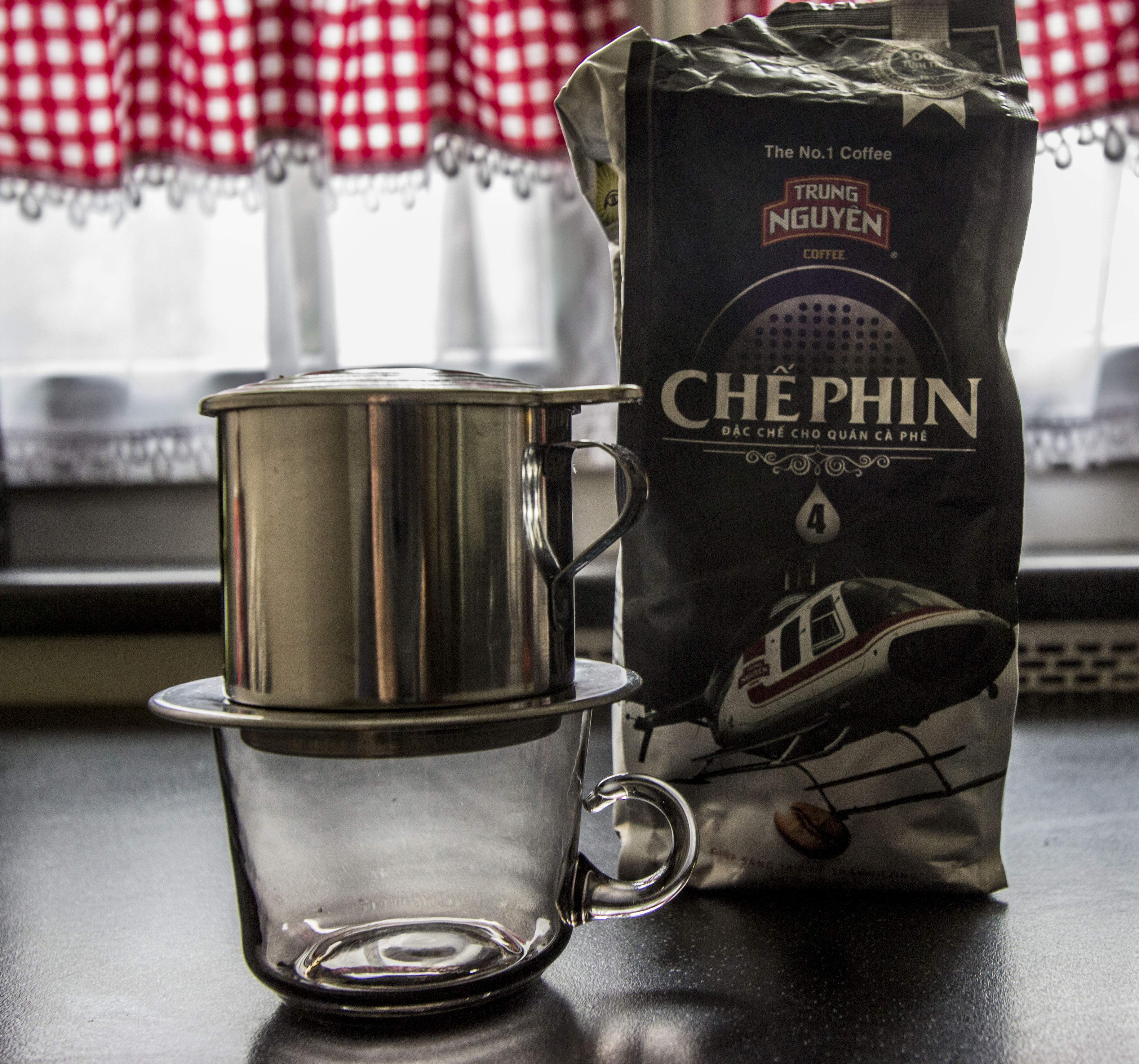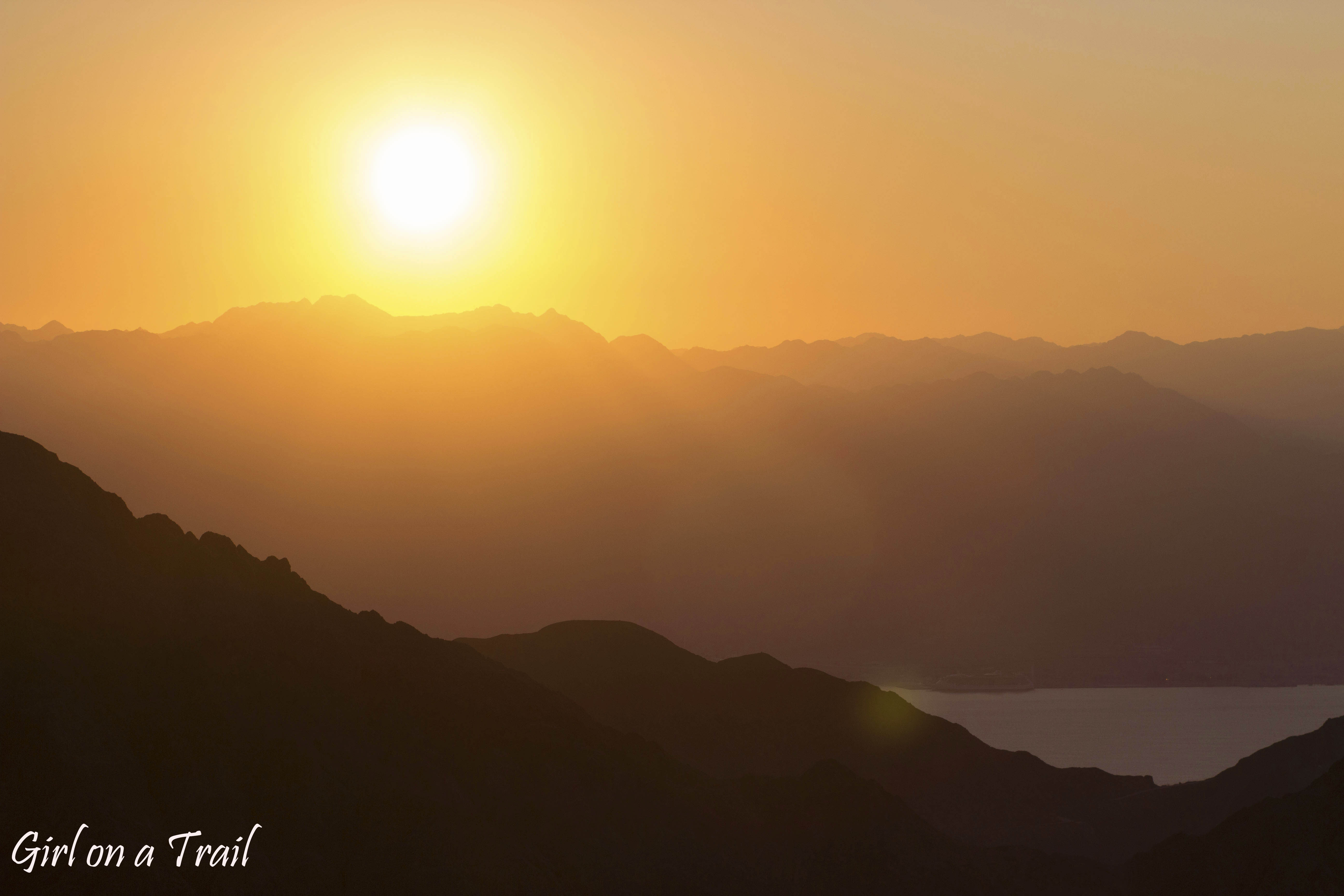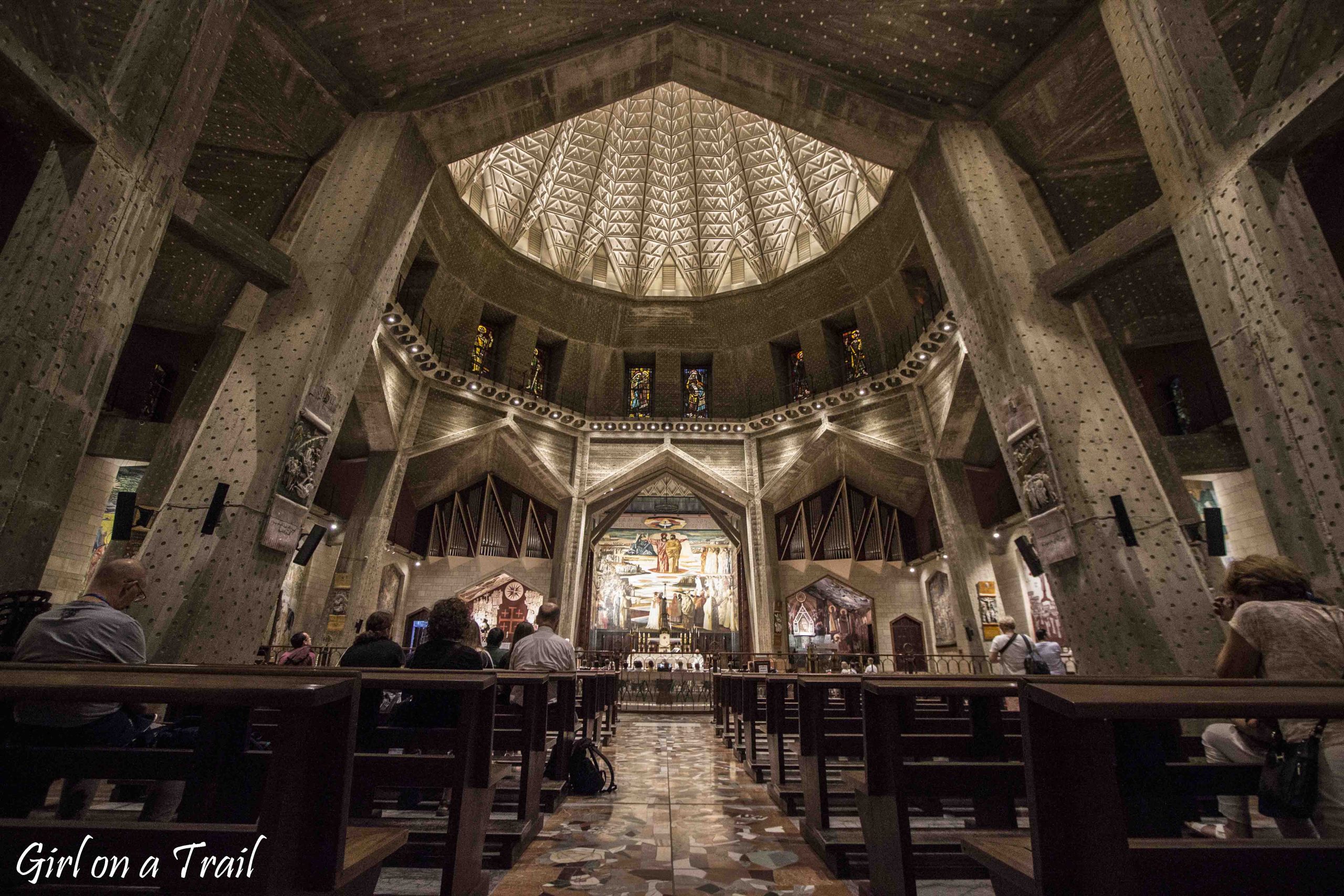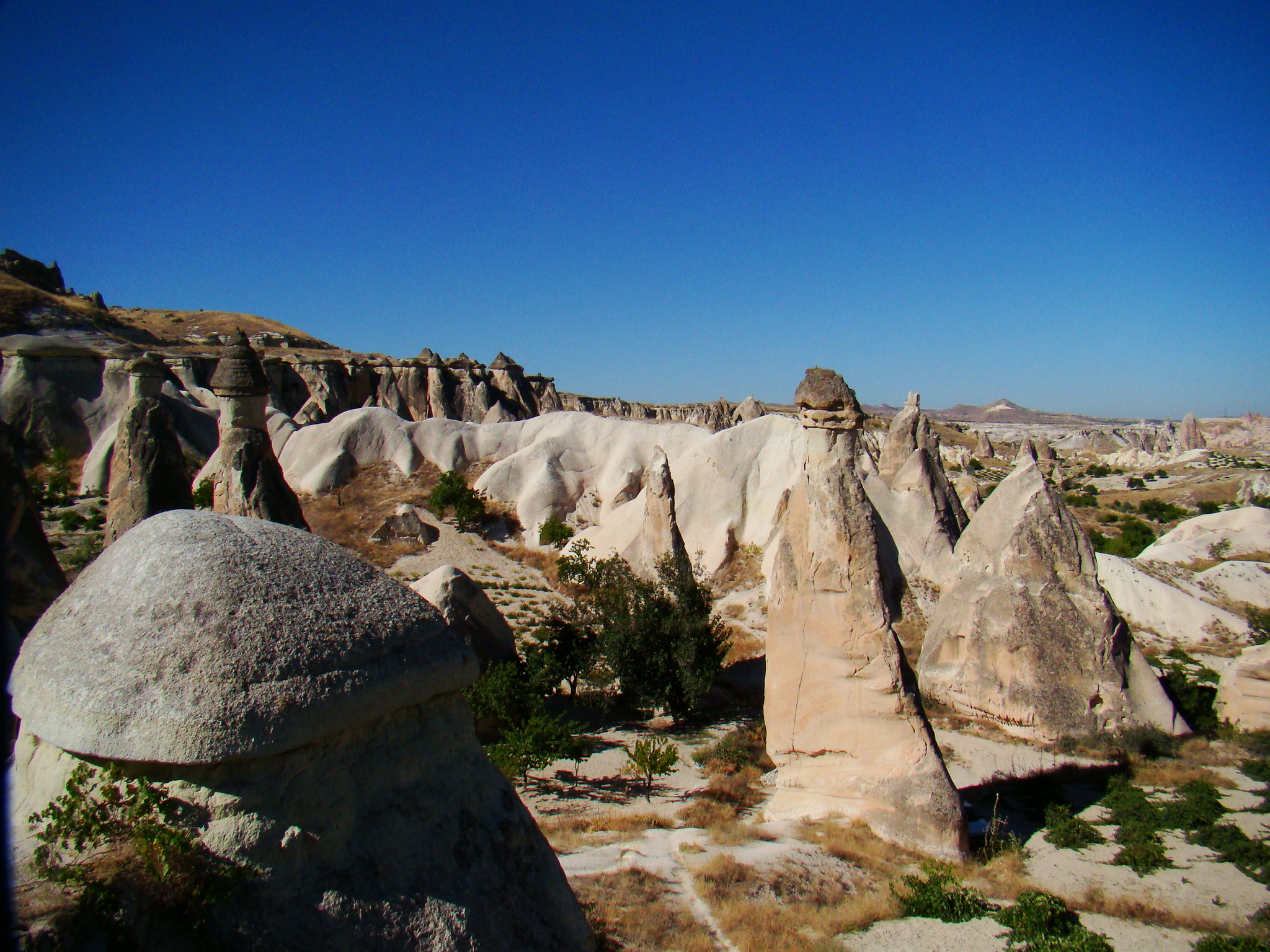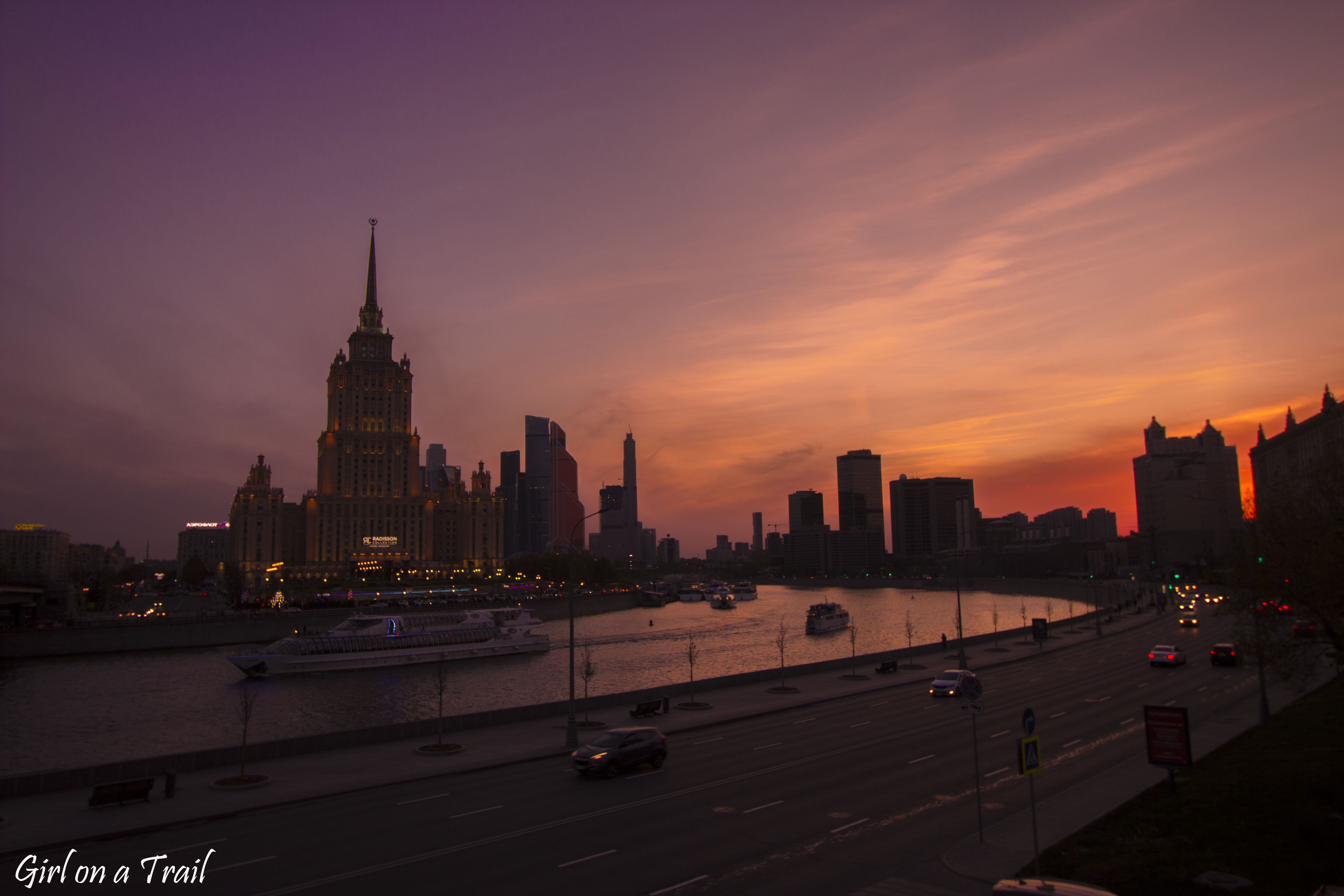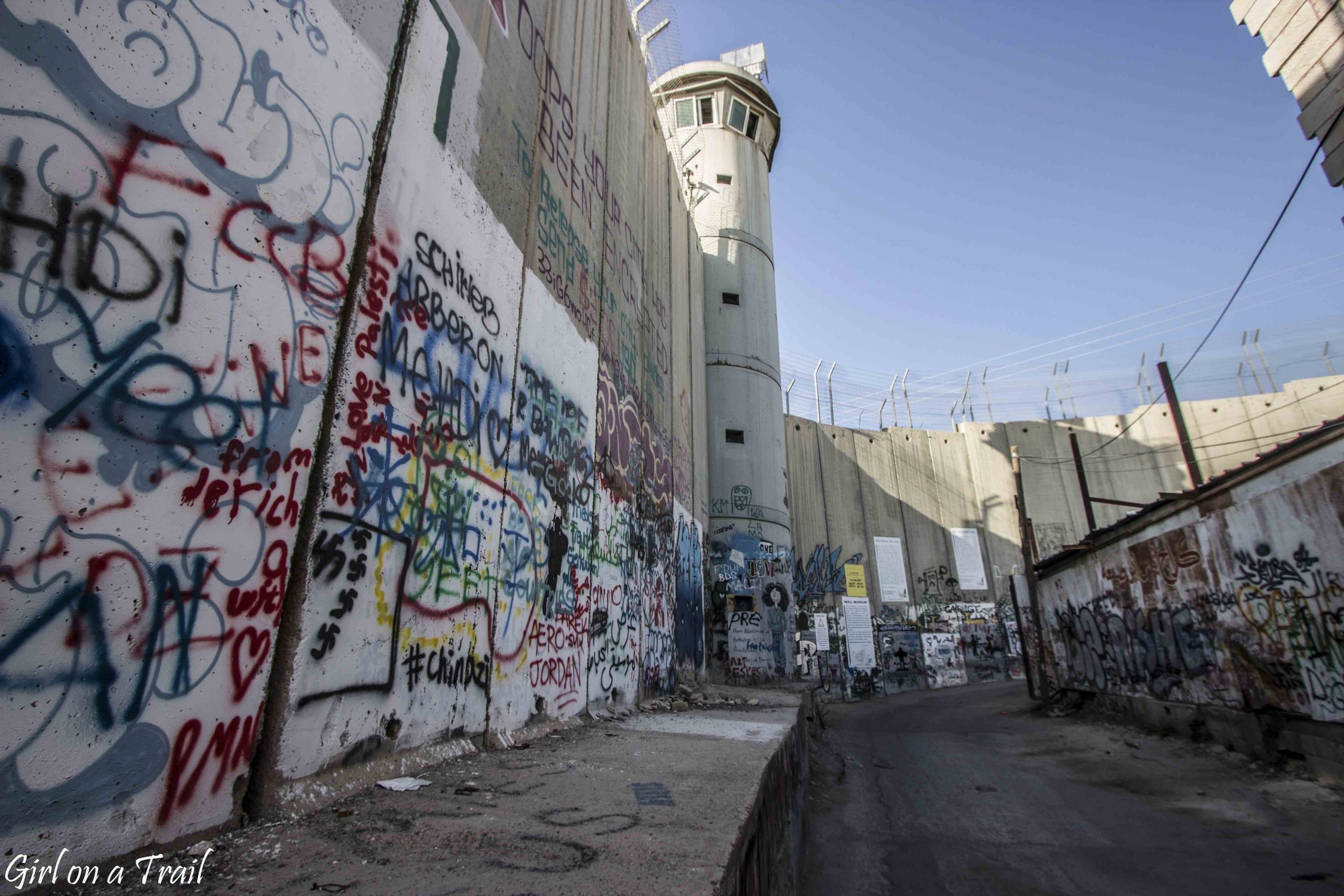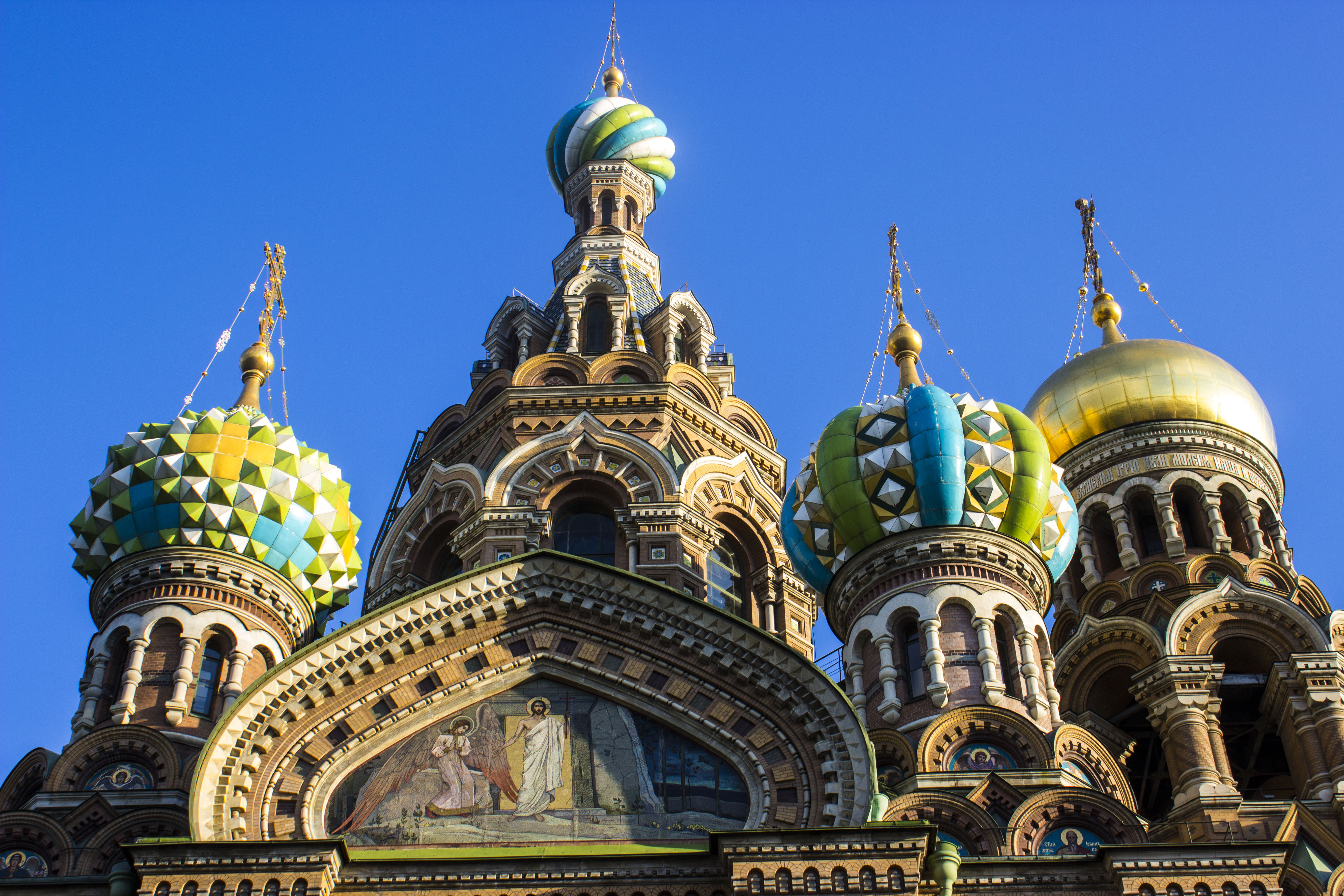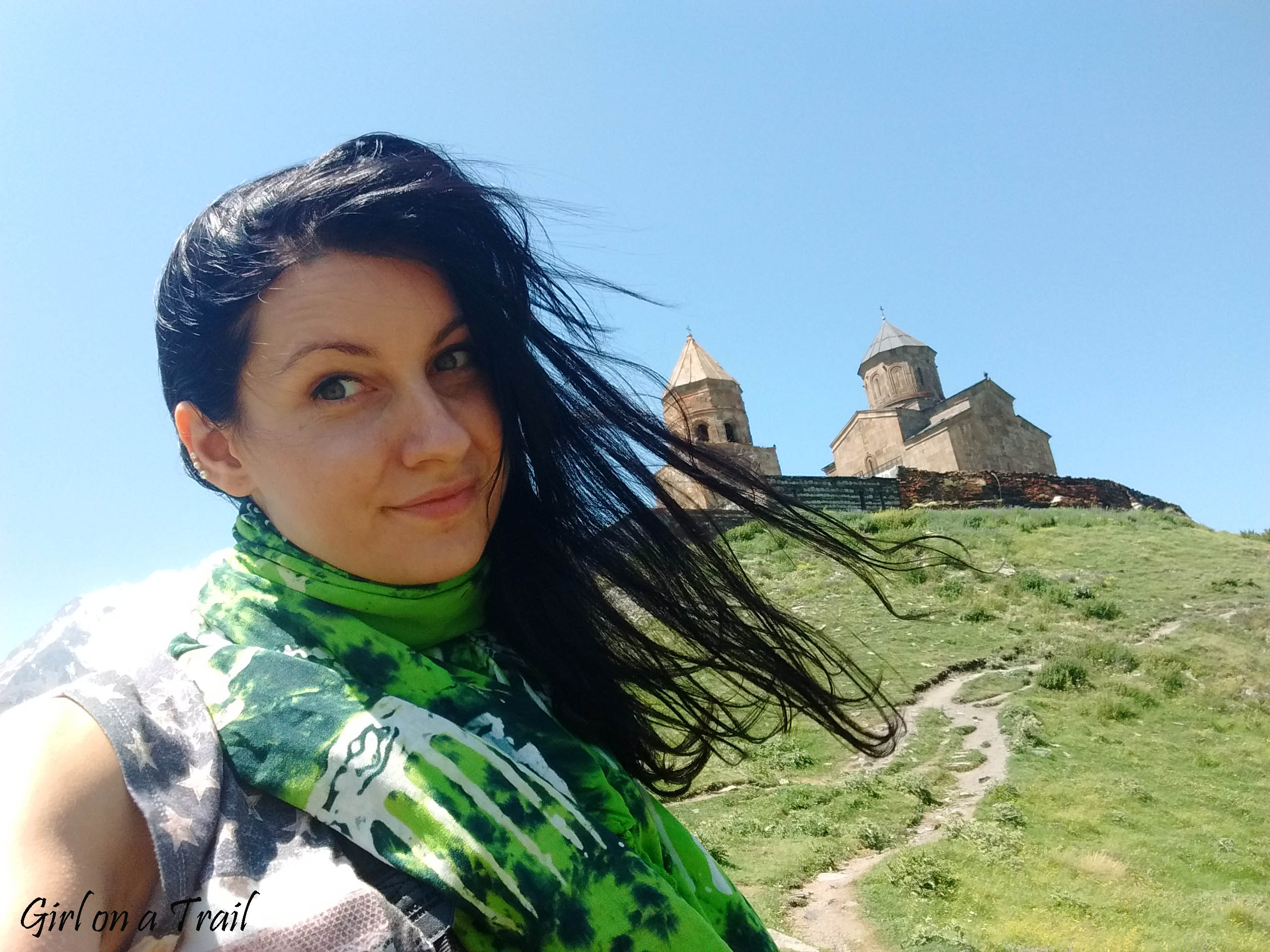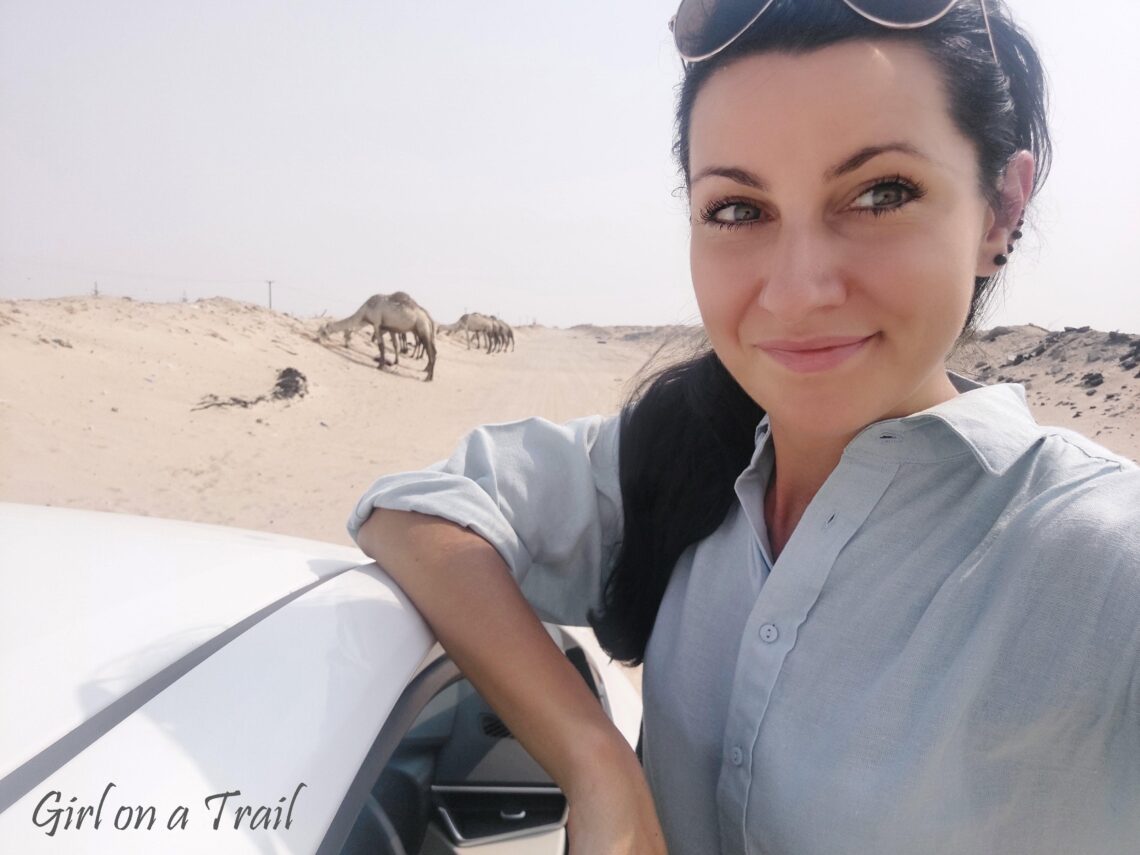
Kuwait – space towers and Operation Desert Tire
I visited Kuwait quite accidentally and spontaneously. Accidentally, I found cheap tickets there, and I spontaneously visited it regardless that from a logistical point of view, this trip was completely pointless. However, let me start from the beginning. One day in August, I started browsing flight offers and noticed that a well-known budget airline had opened new connections from Rome and Vienna to Kuwait. Return tickets were for €40, including weekend flights.

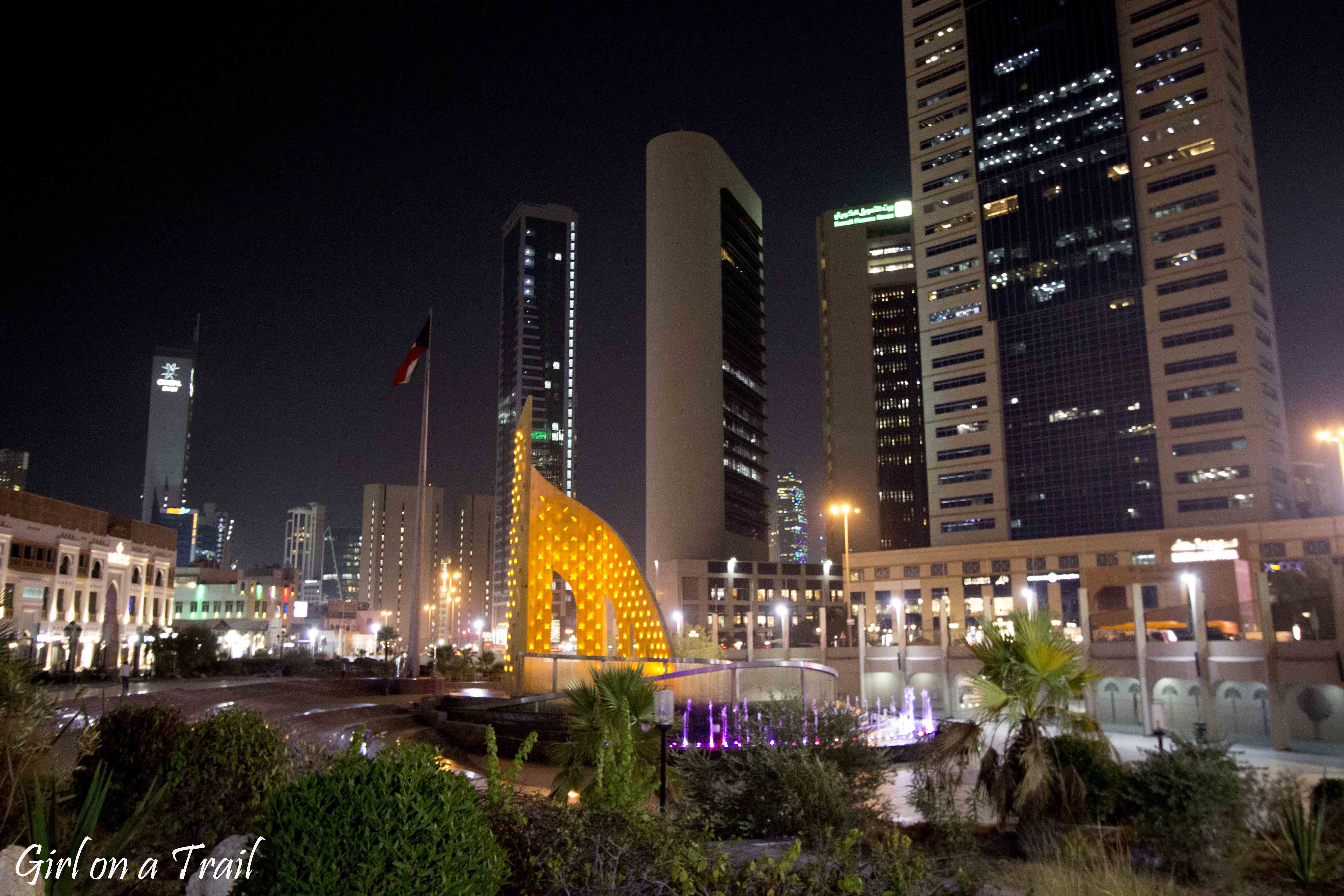
I didn’t have to think long, I quickly looked at the map and estimated that 2-3 days would be enough to see the entire country. I didn’t consider a longer trip, as visiting Kuwait’s neighbours was out of the question. For obvious reasons, I didn’t consider Iraq, the second option was Saudi Arabia but visa there is quite expensive. I was also afraid of high prices Kuwait, which is known as one of the richest countries in the world.
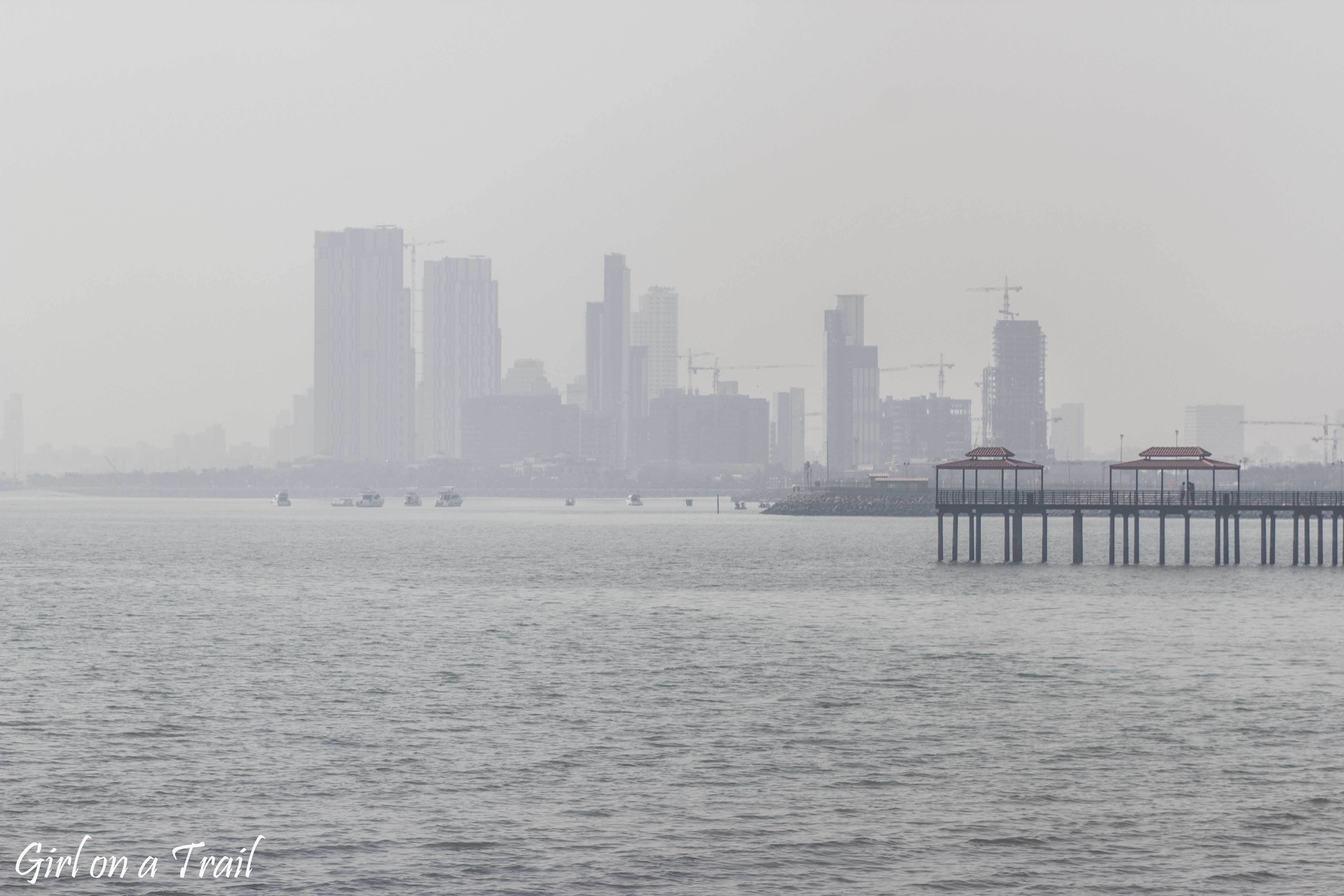
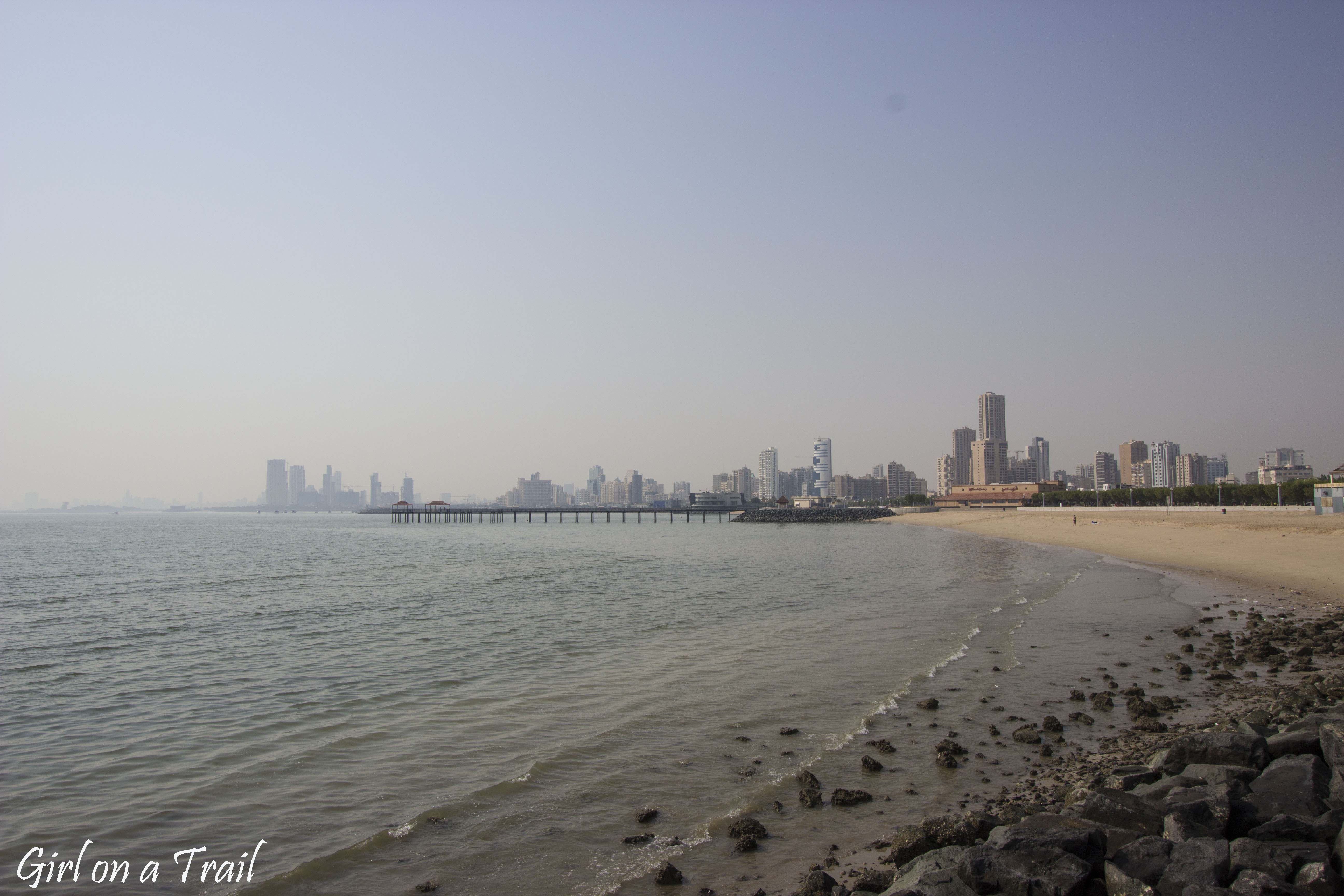
Finally, I decided to fly from Rome and return to Vienna, and paid an additional PLN 300 for flights between these cities and Warsaw. The idea was completely crazy, the whole-day flight from Warsaw via Rome to Kuwait, a 2-day stay in Kuwait and then a return to Vienna, with an overnight stay at the airport and a morning flight to Warsaw.
However, I needed some change, something new, and above all, I wanted to feel that I was on the way.
What did I find there? Well, complete surprise, which I like the most 😊
Hot and even hotter…
Of course, another example of my stupidity was the decision to go there in the middle of summer. I realized that it would be hot, even very hot… like 47℃. I also knew that I would have to wear long pants and blouses that cover my shoulders. However, I didn’t perceive it as an obstacle, because I was sure that the high temperature in a dry climate wouldn’t be so bothersome.
However, the reality exceeded my wildest expectations, I finally learned the limit of my tolerance for heat. In the end, I decided to follow the example of the Kuwaitis and travel everywhere by car, and limit my time in the “fresh” air to a minimum. I must admit that this way of sightseeing was an interesting experience. Kuwait is perfectly suited to this type of tourism. It has a very well-developed road infrastructure and plenty of parking spaces.
As a result, I travelled 600 km in less than 2 days and I still wonder how it was possible, while Kuwait is only 200 km from north to south.


Training of Patience
The real highlight is a ride on The Sheikh Jaber Al-Ahmad Al-Sabah Causeway. The entire causeway construction cost only $3 billion. After all, who can forbid a rich person? The construction of the road was one of the largest construction projects in the Middle East. It consists of two bridges with a total length of almost 50 km. The main goal of this project was to shorten the road between Kuwait City and Silk City. In the effect the route between these cities has been reduced from 104 km to 36 km.

The ride takes 30 minutes, but personally I must admit that it was the longest 30 minutes of my life. Firstly, because nothing, absolutely nothing, happens on this road. The most surprising thing is that there are practically no cars here. Secondly, driving there is more like a training of patience. It might seem that three empty lanes in each direction are the perfect place to check what the factory has given the car, but the speed limit there is 100 km/h and the speed cameras are located in such a way that you can’t even speed up. Ultimately, I decided that it would be safer not to learn the Kuwaiti fines tariff.

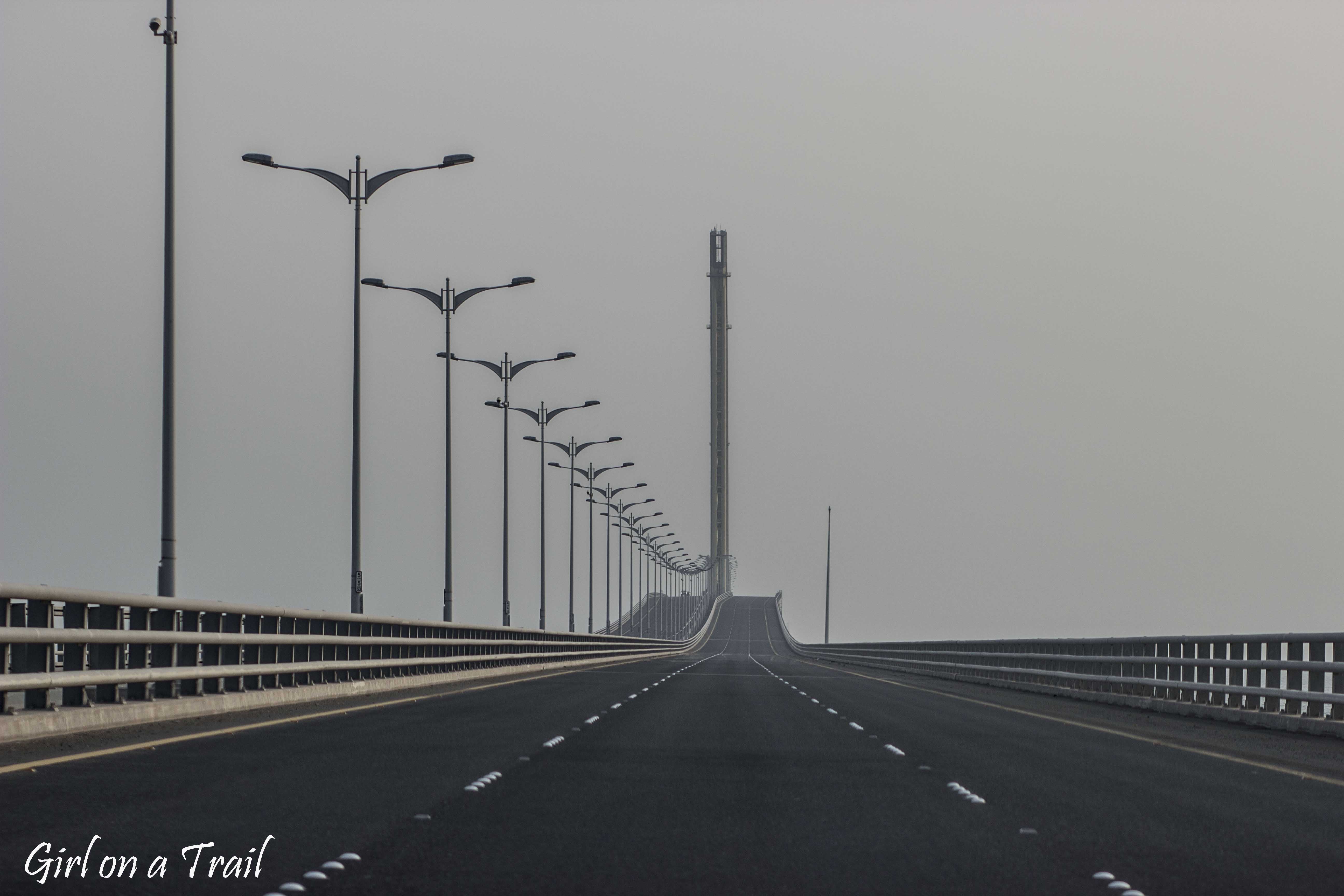
A similar situation occurs on most roads in Kuwait, three lanes highways, no signs of any life and the speed limit of maximum 120 km/h. Finally, after an hour of singing and talking to myself, I decided to do something useful. The landscape around me was so beautiful that I decided to take photos 😀
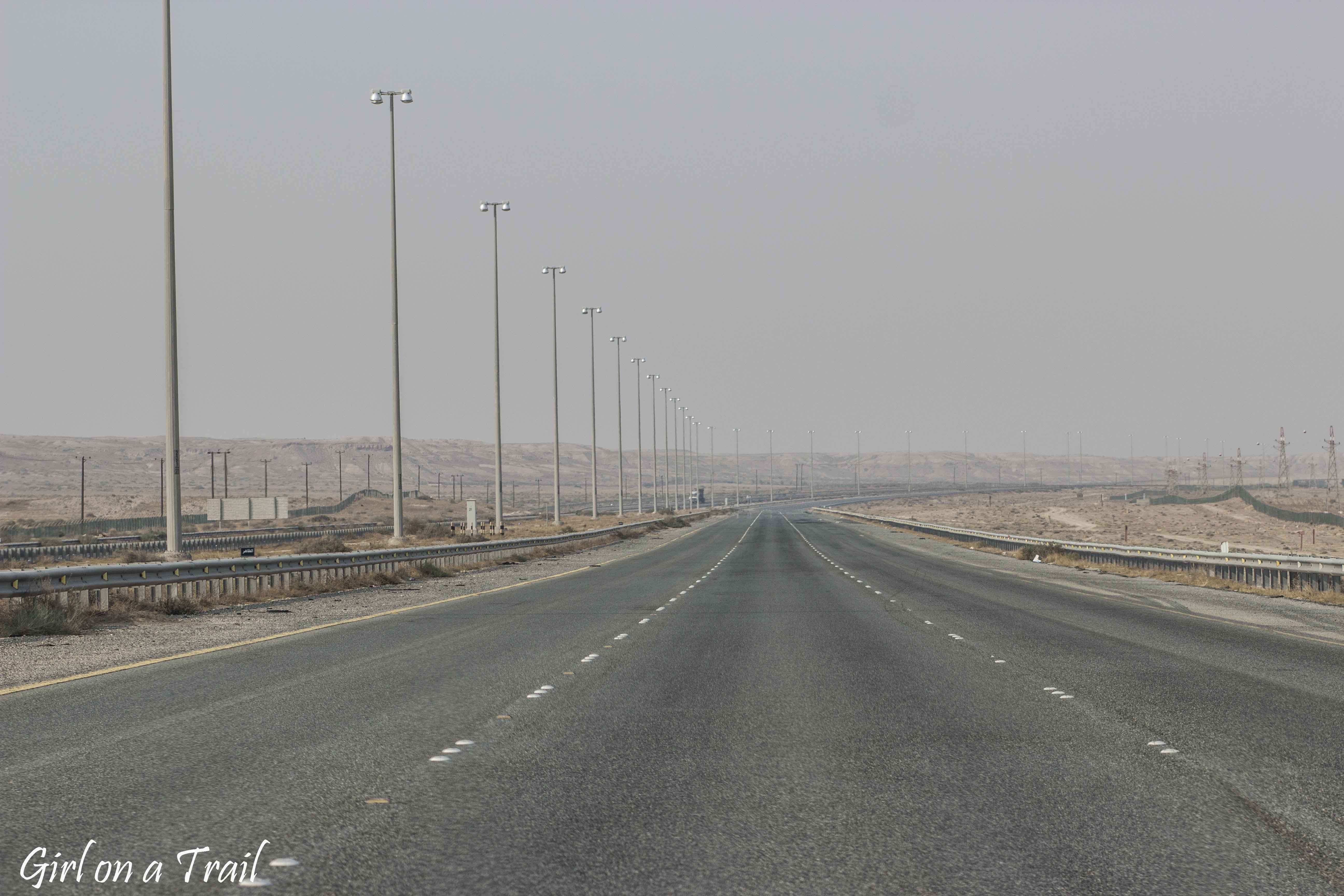
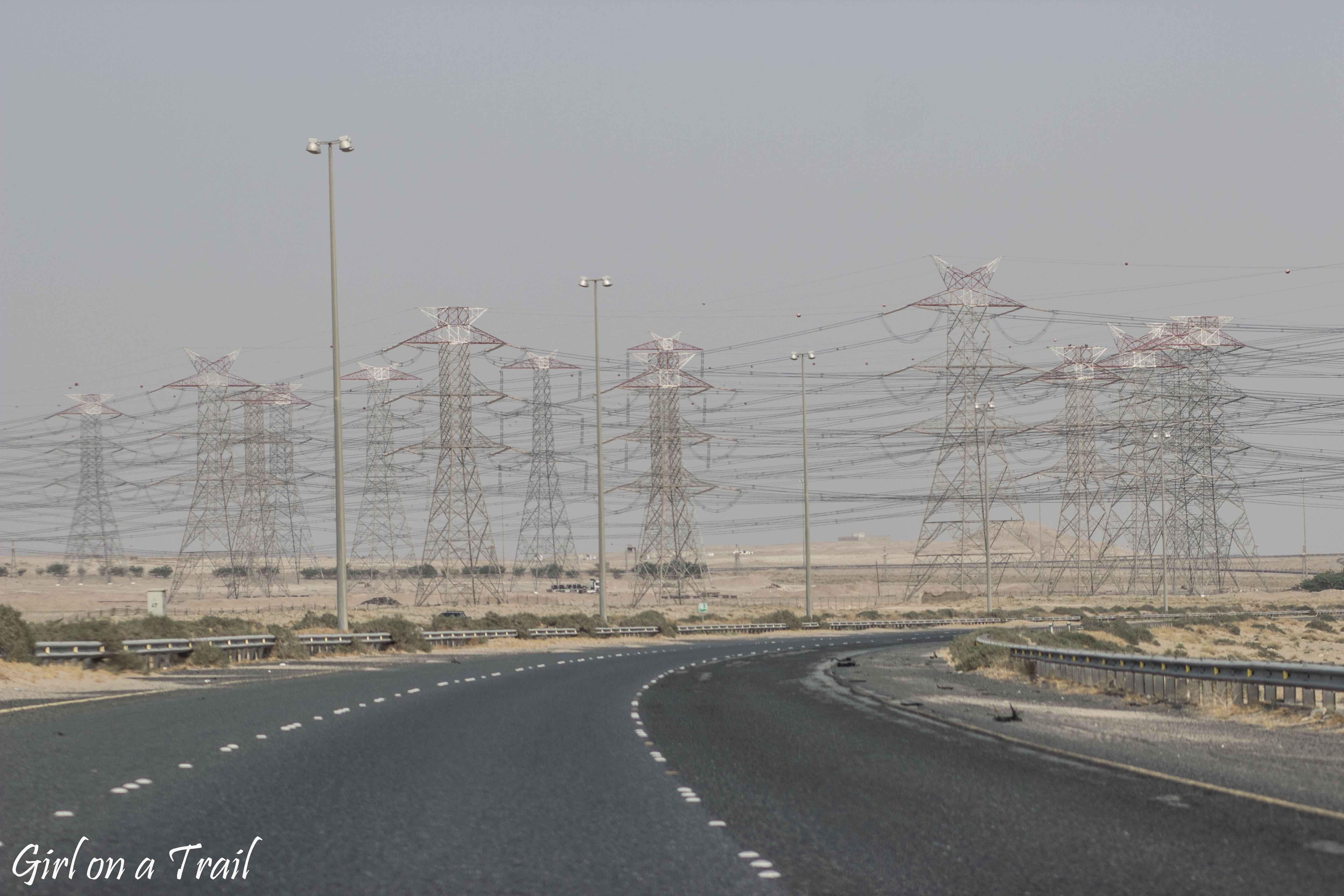
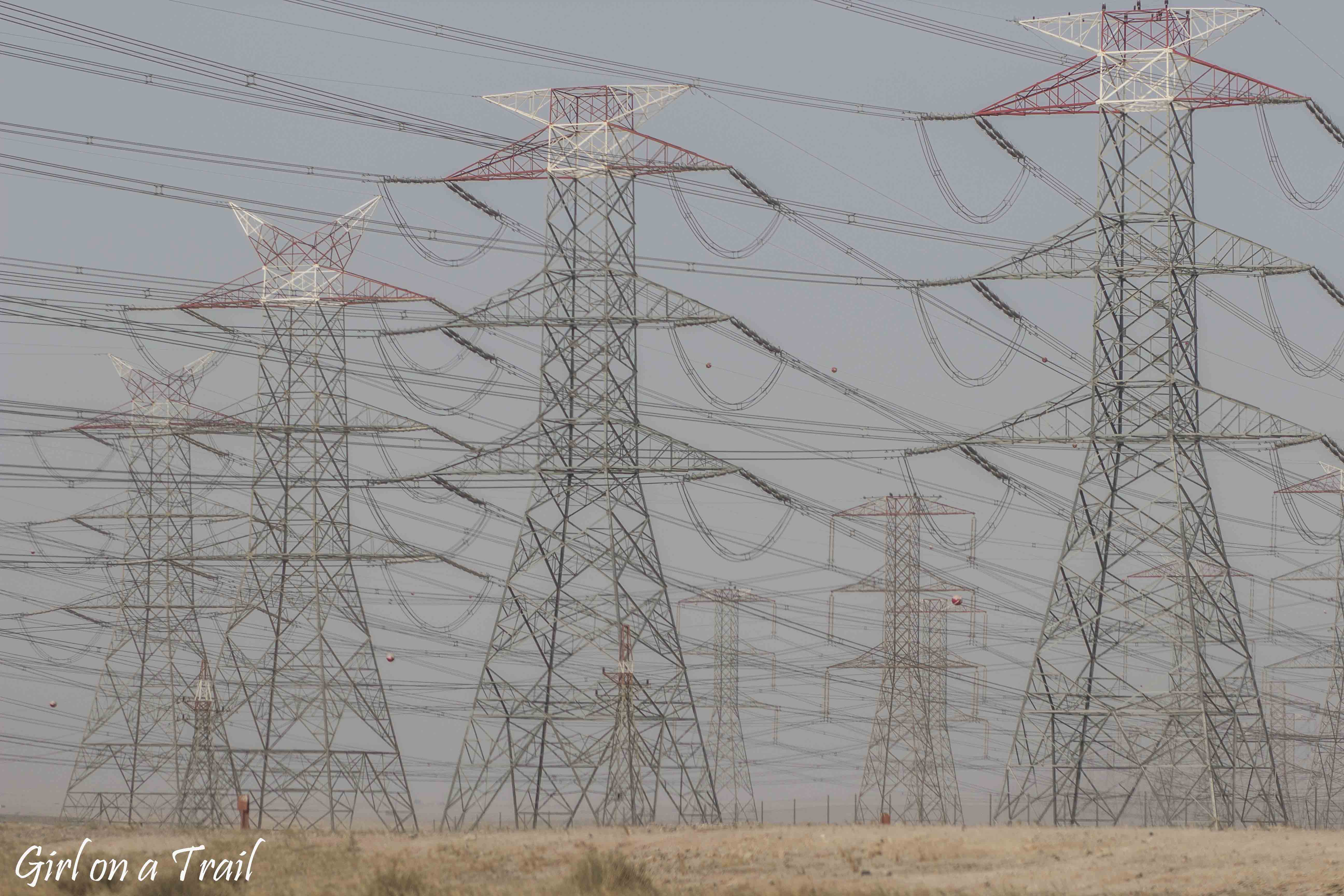
There is no water in the desert…
Kuwait has no natural sources of drinking water. It’s obtained from seawater desalination. Although I don’t know much about this process, I suspect that it requires a lot of energy. I must admit that the biggest surprise for me was the large amount of greenery. It’s hard for me to imagine how much it costs to maintain green lawns and parks in Kuwait at temperatures reaching almost 50℃. While driving around the city you can see numerous squares and parks. The most popular park is Al Shaheed Park, which also serves as an entertainment space. Various exhibitions, concerts and other shows are organized there.
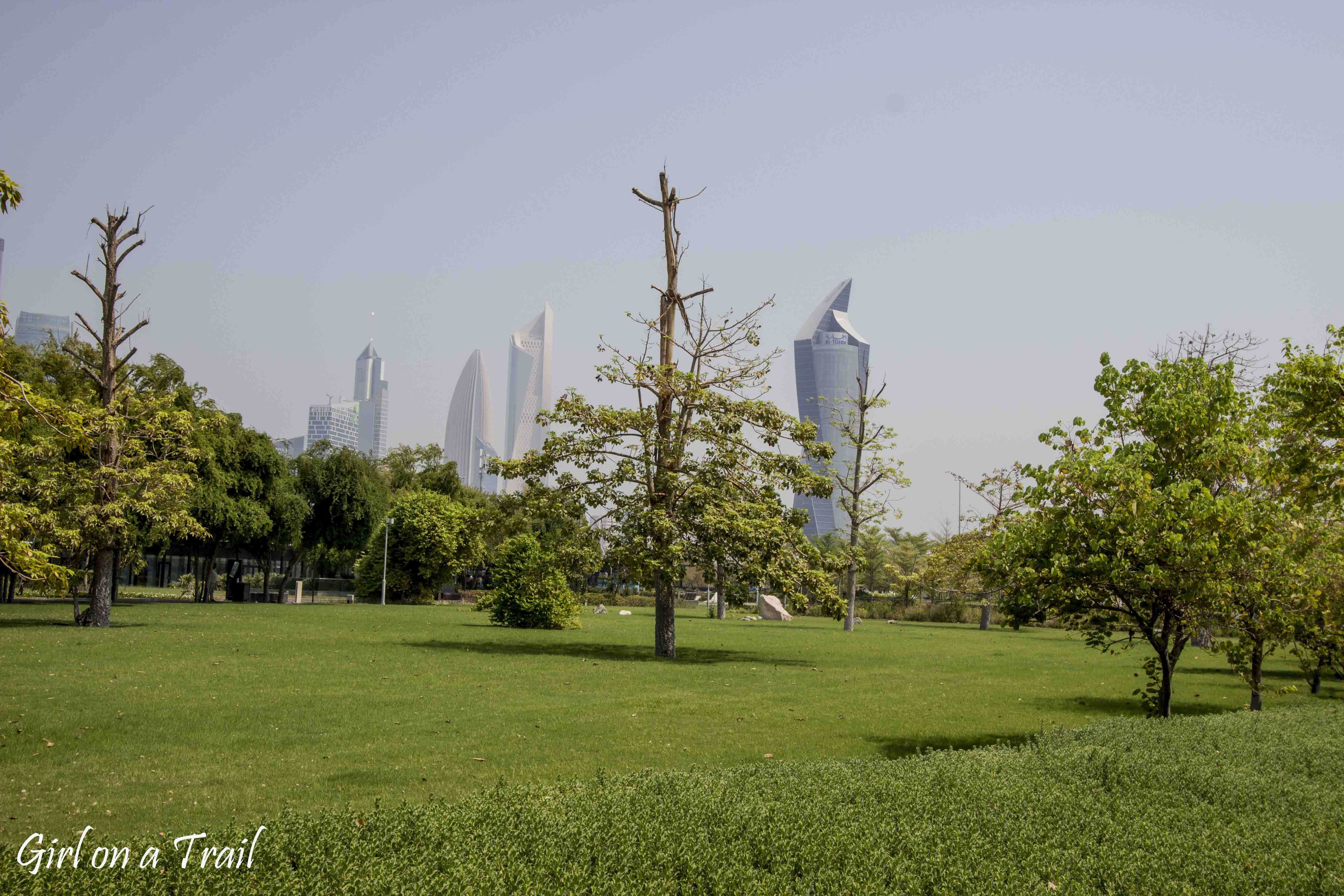
Space towers
The city center of Kuwait is incredibly impressive, especially considering that until the 1960s it was a small fishing village. Modernly planned urban space, numerous skyscrapers, clean streets and carefully manicured lawns and parks show that Kuwait doesn’t have cash shortages. The tallest skyscraper in Kuwait is Al Hamra Tower, reaching almost 413 m.

Another landmark is Liberation Tower reaching almost 400 m high. As the name suggests, the tower is a symbol of Kuwait’s liberation from Iraqi occupation. It can be recognized by its characteristic ring resembling a UFO plate.
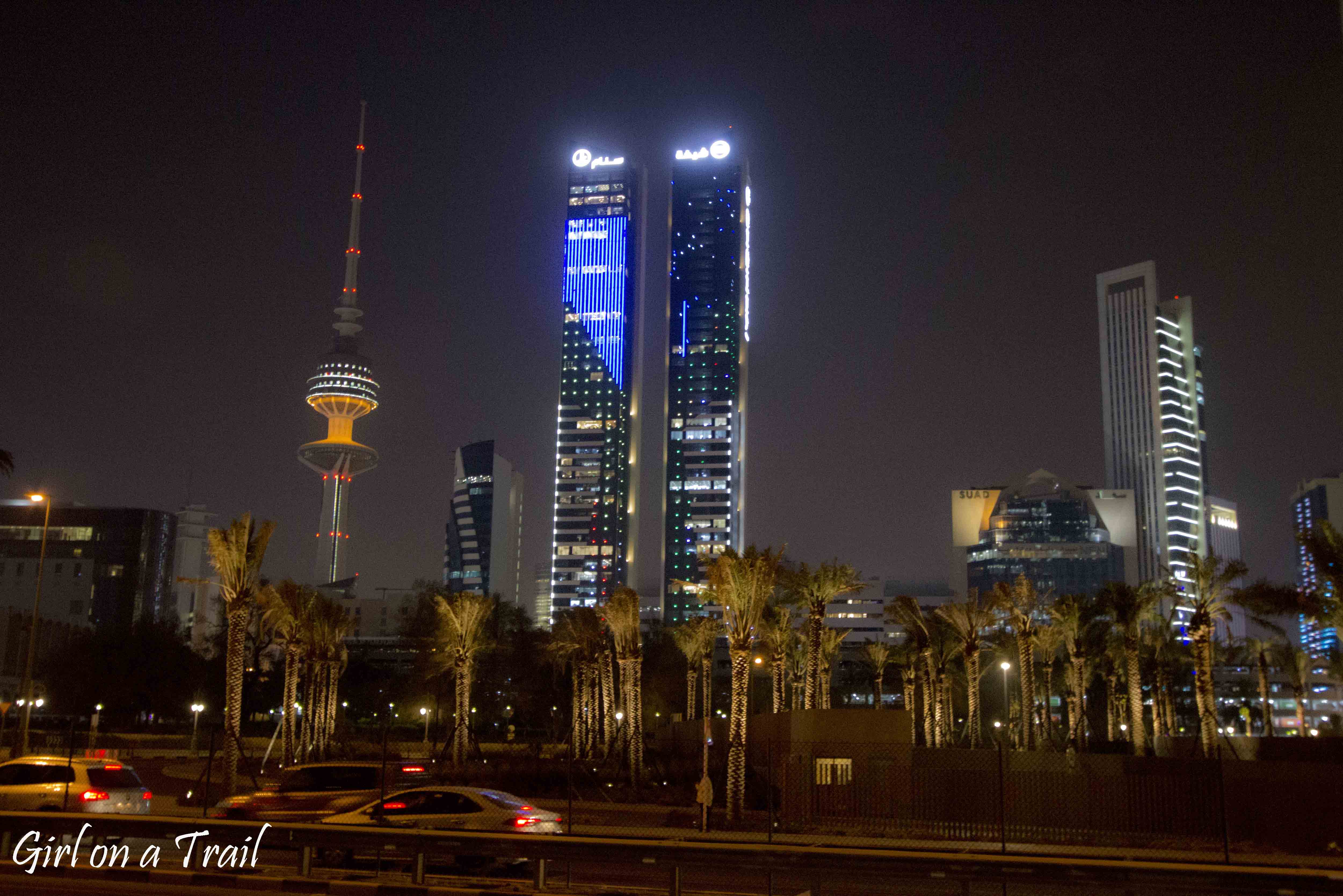
An interesting sight in Kuwait are the water towers, which look more like an artistic installation straight from a science fiction movie. There are 6 characteristic clusters of water towers around the city of Kuwait. The five clusters look like huge mushrooms painted with white and blue stripes. The towers were built to distribute water from desalination. According to Sheikh of Kuwait- Jaber Al-Ahmed’s idea, they were to be a work of art and at the same time a symbol of Kuwait’s modernity and technological advancement.

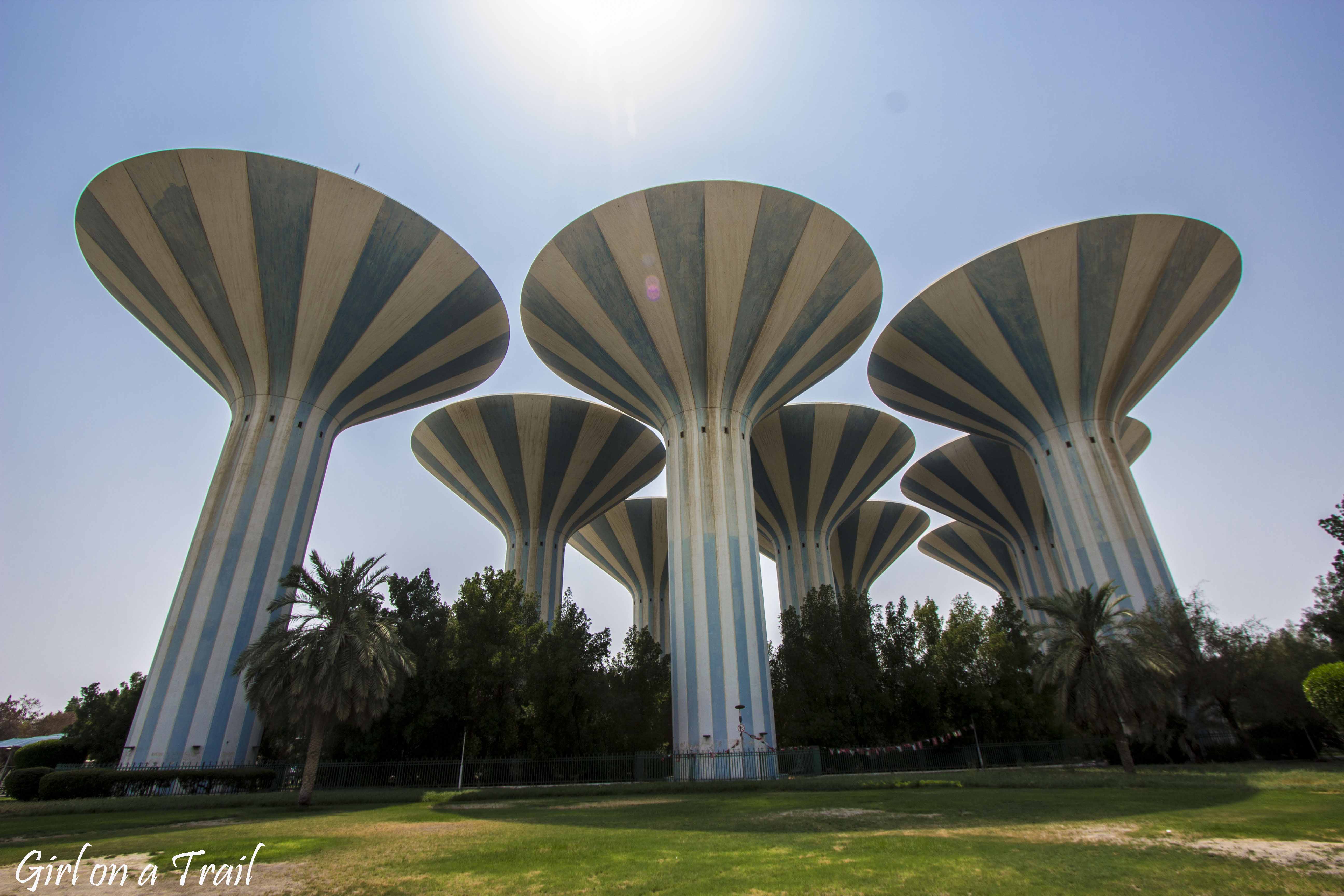
The towers look amazing, but the real icing on the cake is the last cluster of three Kuwaiti Towers, which look like huge balls covered with blue sequins.
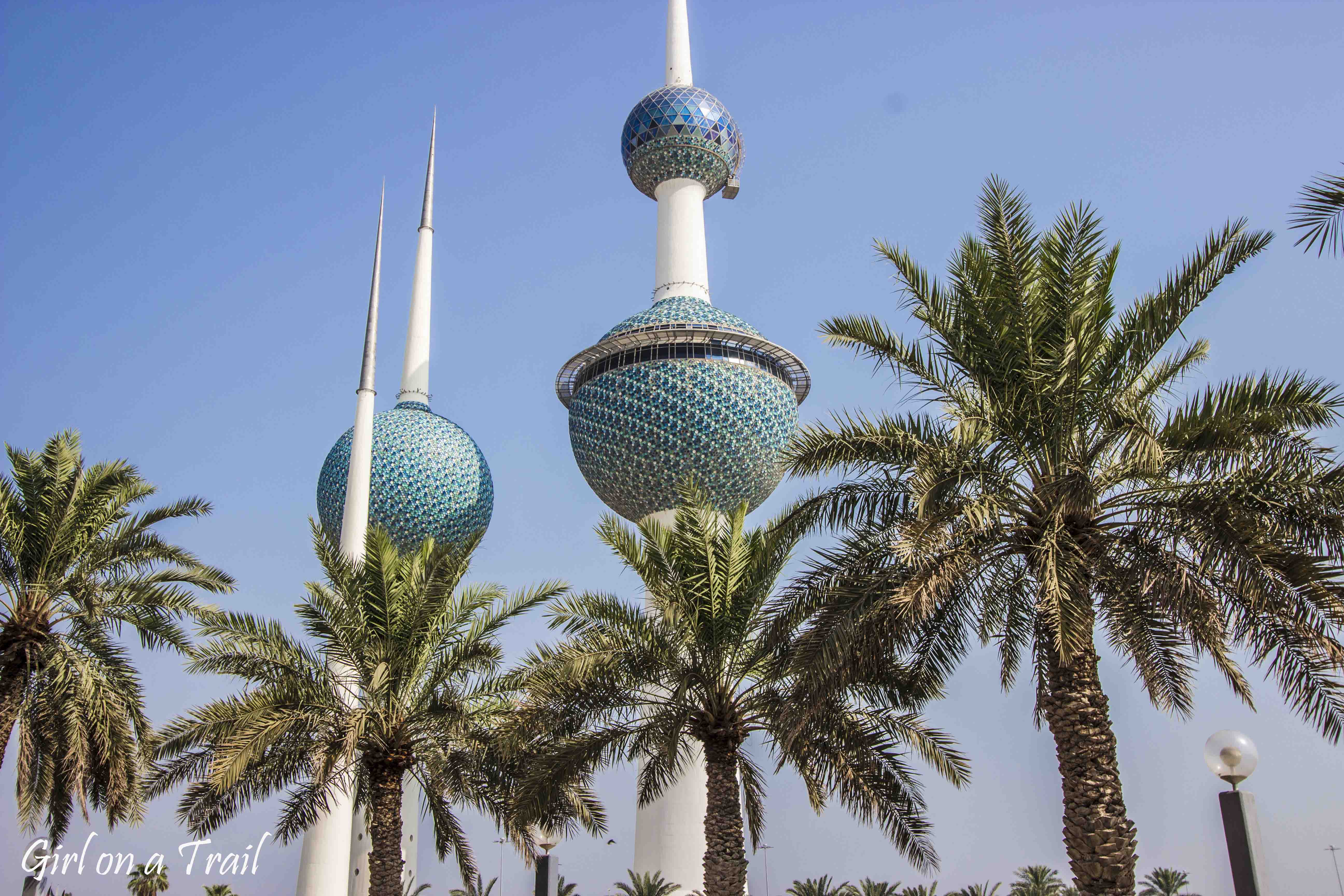
Past times
However, it’s not like that Kuwait completely cuts itself off from tradition. In the city center there’s the Souq Al-Mubarakiya, which is a reminder of the times when Kuwait was a trade center. It’s one of the oldest bazaars in Kuwait. You can buy numerous local products, carpets, perfumes, spices and sweets here.
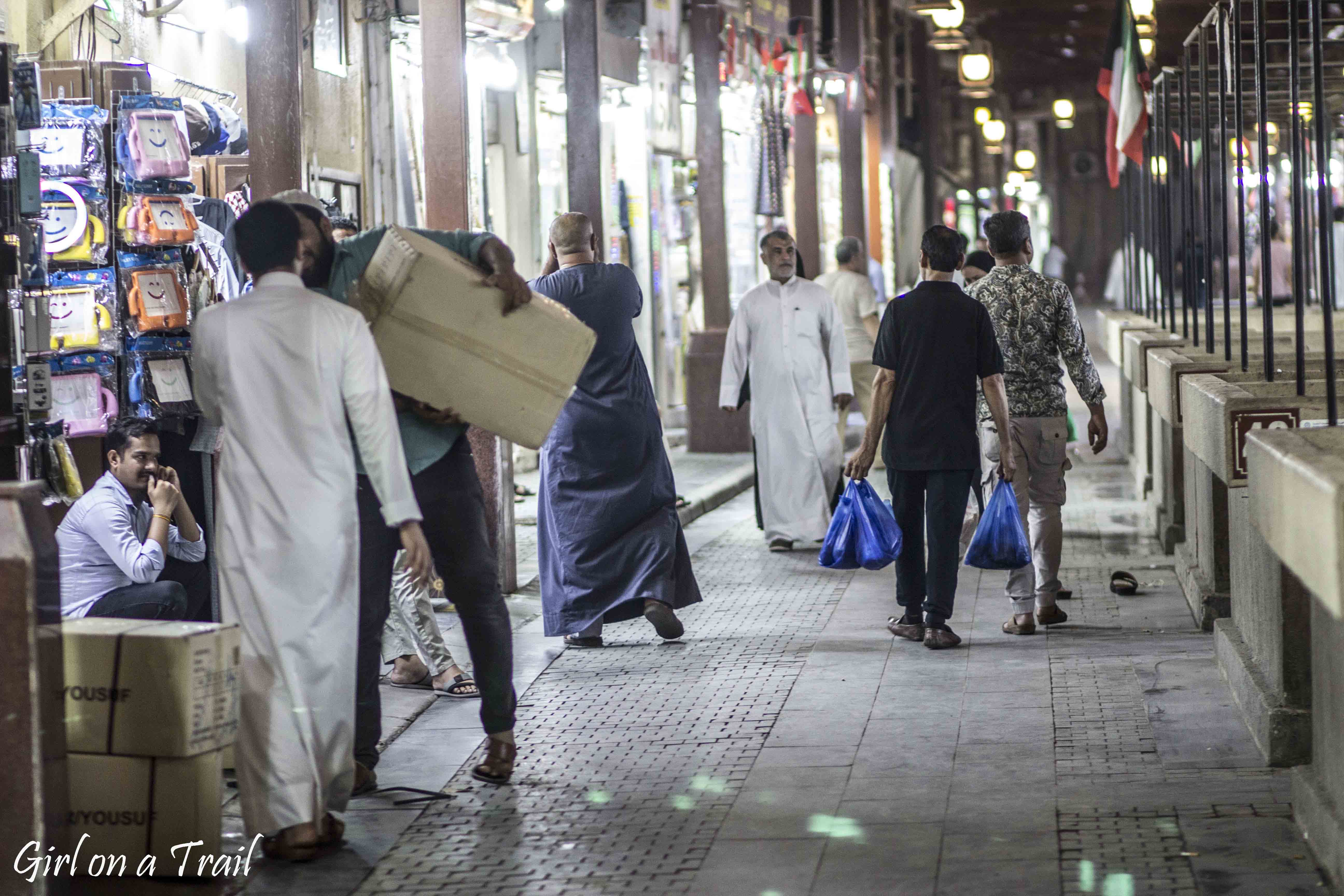
The second interesting place is the Kuwaiti Fish Bazaar, located near the Grand Mosque. This bazaar is not like the bazaars I know from the other Arab countries, above all it was immaculately clean, the goods were carefully arranged, and what is most surprising, there was so silent that I didn’t even think about haggling😉
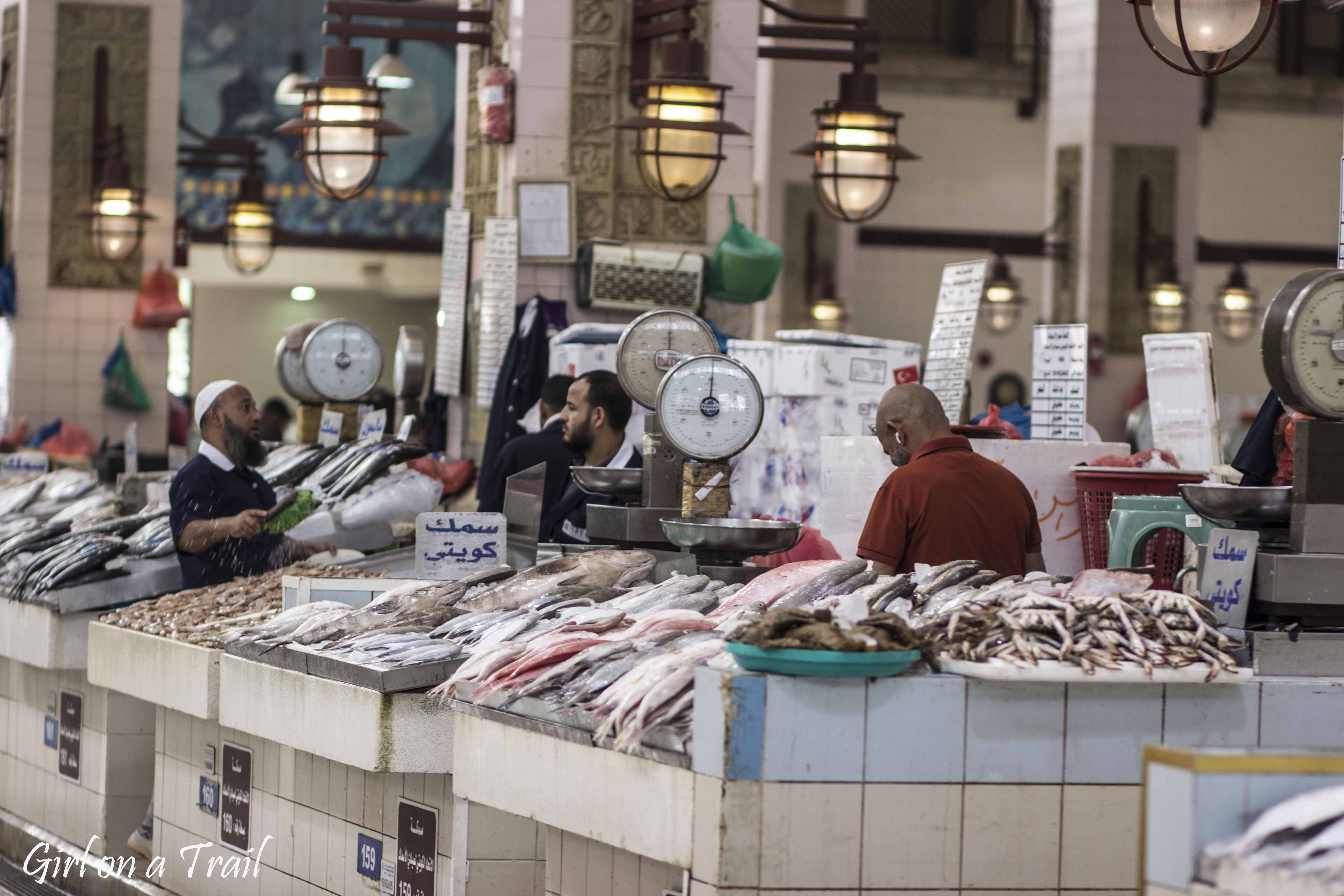
Operation “Desert Tire”
This may seem a bit strange, but before my departure when reading about Kuwait, I became interested in an unusual place, more precisely, a waste tire dump near the town of Sulaibiya. To dispel any doubts, I have no idea about this type of attractions, but the Kuwaiti landfill interested me because of its scale. Apparently over 50 million tires in storage would make it the largest in the world. I wanted to see with my own eyes the desert covered to the horizon with tires. There were numerous fires in the area, which resulted in the emission of harmful substances into the air. The Kuwaiti government has been trying for years to eliminate its harmful effects on the environment, and apparently they had succeeded by the time I arrived.
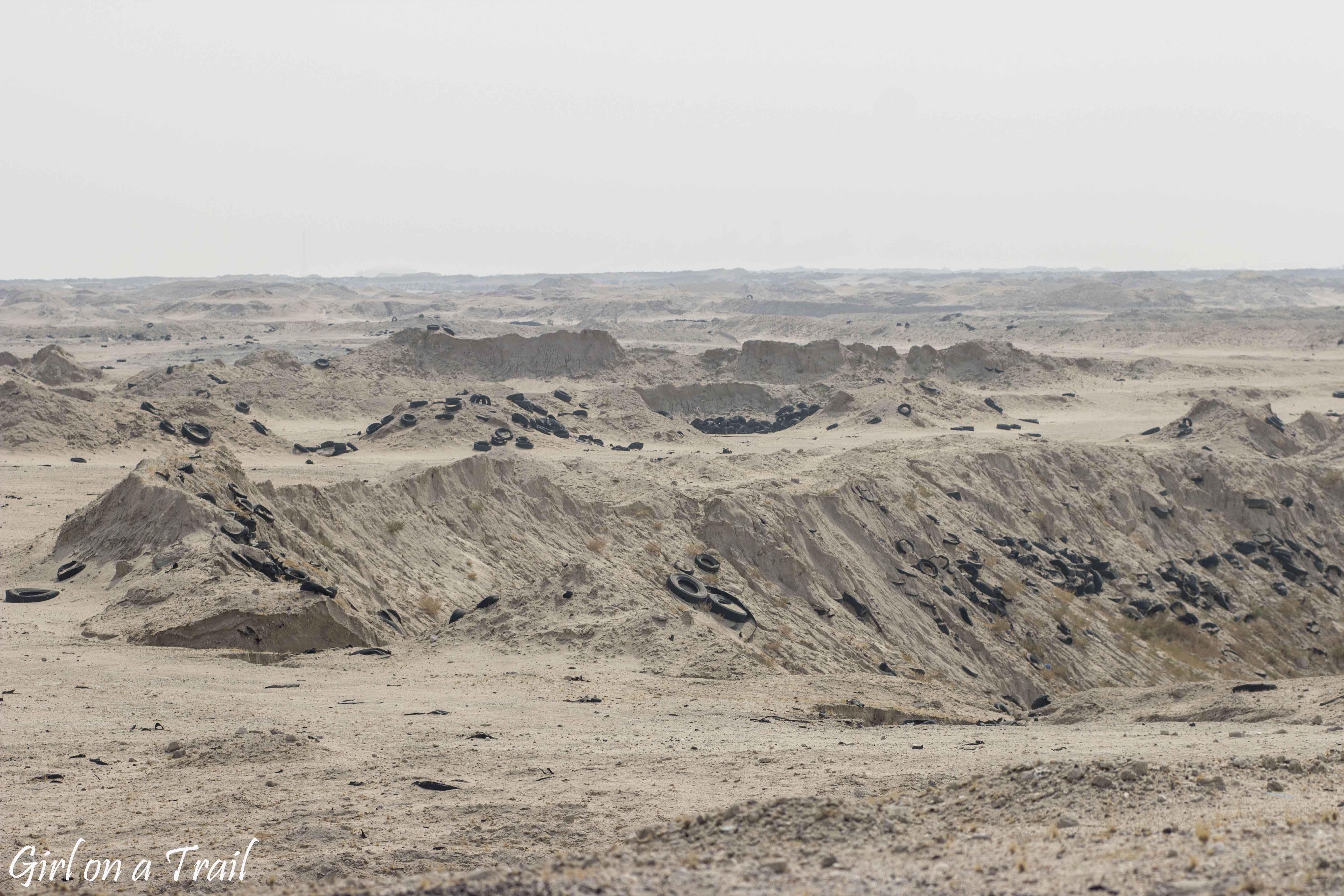
Unfortunately, when I got there I didn’t see many tires, but wild camels grazing in the desert made my day 😀


Burning oil fields
Kuwait ranks sixth in the world in terms of oil resources. What’s more interesting, the costs of oil extraction here are the cheapest in the world, because the oil is located almost below the surface of the earth. No wonder that this country is almost completely dependent on it. Therefore, it’s worth visiting the KOC Oil Display Center, where you can learn about the technology of oil extraction. Part of the exhibition is devoted to the disaster of 1991, when Iraqi soldiers retreating from Kuwait set fire to oil wells. This posed a huge threat to the environment and population. It was estimated that 4 million barrels per day would be burnt. Moreover, according to initial estimates, the operation of extinguishing the shafts was supposed to take from 5 to 7 years, but thanks to the huge support of other countries, the situation was brought under control in only 9 months.

Another place of remembrance of the war with Iraq is the Al-Qurain Martyrs Museum. The museum looks more like an urbex. The collapsed parts of the building and the walls with bullet holes were left on purpose by the Kuwaiti government. This place is intended to remind us of the bloody 10-hour raid by Iraqi forces on the hideout of Kuwaiti guerrillas. Opposite the museum you can see one of the Iraqi tanks used in the battle.
